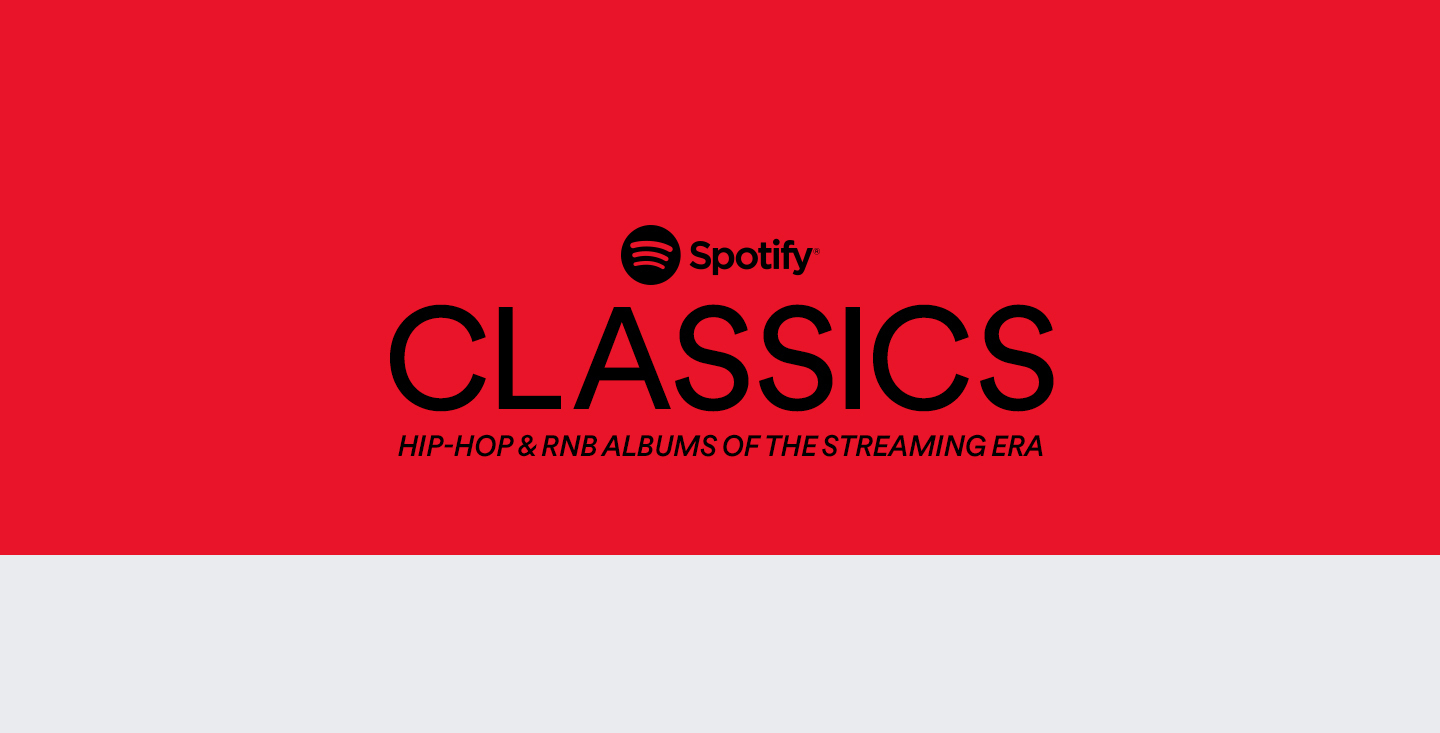
Streaming has transformed not only the way fans listen to music, but also the way artists release music to the world. And while music has become a more song-driven culture in recent years, that doesn’t mean albums have lost their impact. With the introduction of Spotify CLASSICS: Hip-Hop & RNB Albums of the Streaming Era, we’re celebrating the classic albums that have stood the test of time, no matter the era.
Available in North America, Spotify CLASSICS is our first-ever program to celebrate catalog music. For the first iteration, we’re looking at albums from the streaming era, 2015 to the present day. Through a selection process examining an album’s holistic impact, our North American editorial team has put a spotlight on the ones that helped define the streaming era.
To inaugurate this new series, our editors have immersed themselves in the world of hip-hop and R&B, picking the 30 classic albums from the likes of Beyoncé, Tyler, The Creator, Solange, Kendrick Lamar, JAY-Z, SZA, Travis Scott, and Future.
Anderson .Paak – Malibu
Steel Wool/Empire, 2016
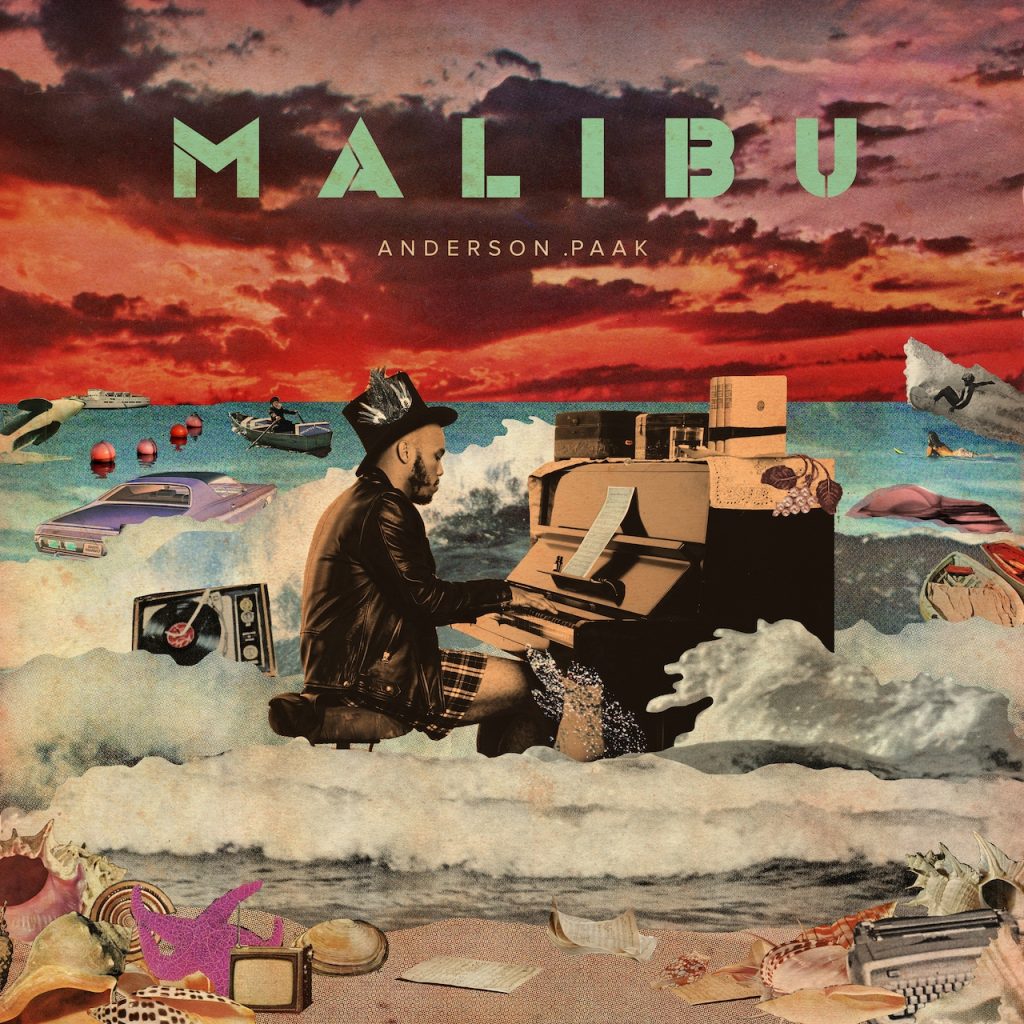
After years of honing his craft in L.A.’s underground scene, Anderson .Paak finally had a breakthrough with his second studio album, Malibu. A true hybrid, Anderson collages pieces of funk, R&B, dance, and rap into a cohesive puzzle. Released independently, the album earned a Grammy nomination and served as a springboard for AP to become one of music’s most multifaceted artists.
Beyoncé – Lemonade
Columbia, 2016
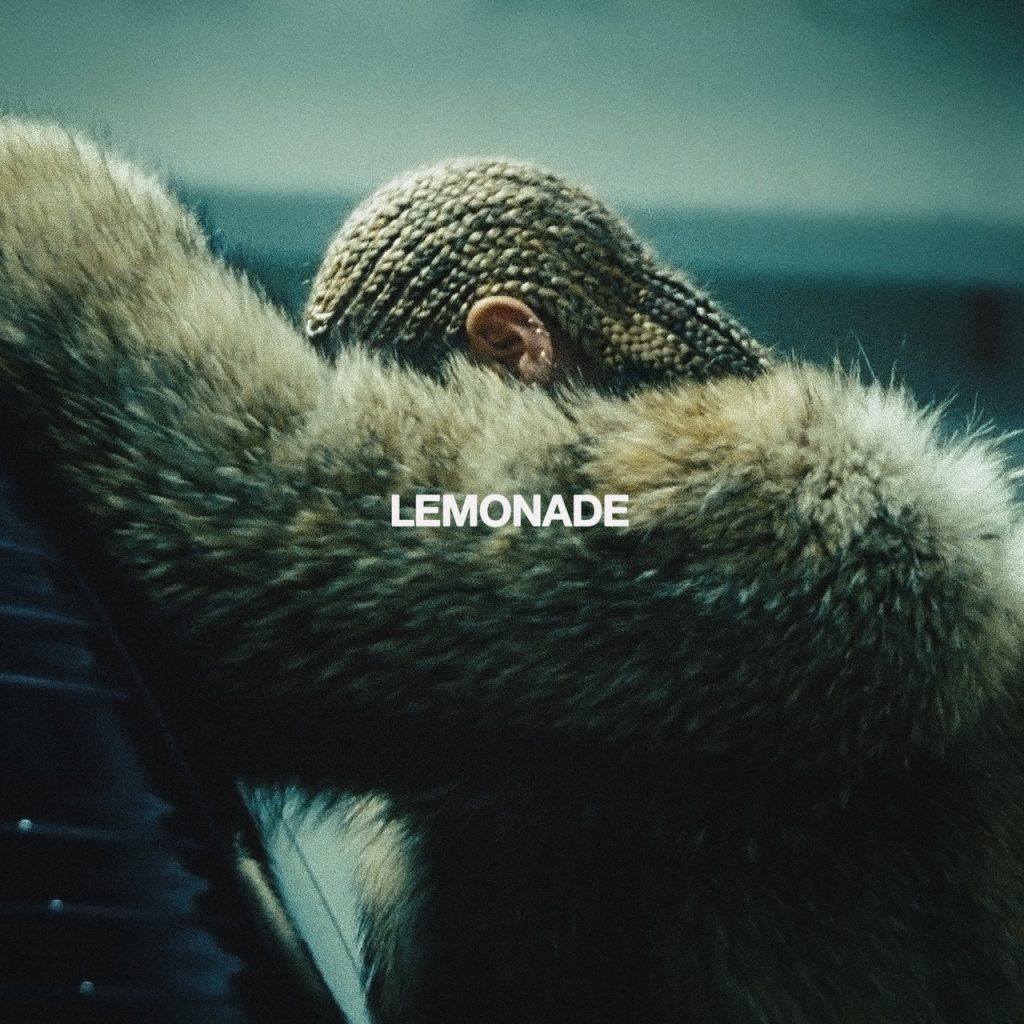
Beyoncé took the idea of the blockbuster album to new heights with her self-titled surprise in 2013, but less than three years later, she somehow managed to outdo herself on her sixth album, Lemonade. A reckoning with infidelity, the album is a visual and sonic tour de force that effectively lifted the star’s otherwise impenetrable veil through a stunning display of vulnerability and catharsis. From its melding of genres to its incorporation of visual and fashion cues to its marketing, Lemonade has become a multidisciplinary blueprint in its own right.
Beyoncé – RENAISSANCE
Columbia, 2022

Beyoncé’s ability to outdo herself was already unparalleled, but then RENAISSANCE arrived. The full scope of its impact can’t be known so soon, but already, it’s clear that this album is truly special. It’s conceptual like its predecessor, but beyond that, there’s little in her catalog to point to for reference; this is Bey like we’ve never heard her before. Atop a soundscape of Chicago house, Detroit techno, bounce, ballroom, and their numerous derivatives, she sings, raps, and sing-raps, mightily proclaiming that dance music is Black music—then, now, and forever.
Bryson Tiller – T R A P S O U L
RCA, 2015
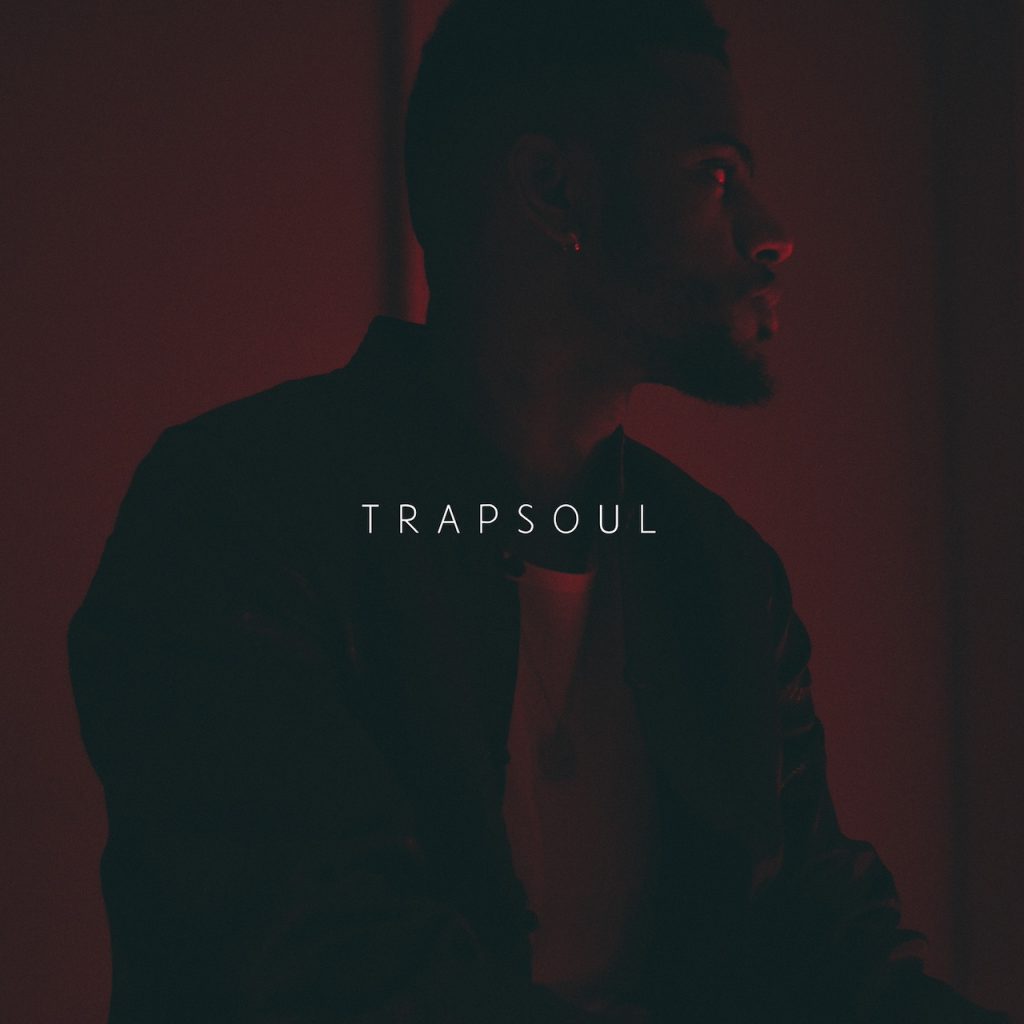
A product of 2010s post–Drake R&B, Bryson Tiller’s T R A P S O U L represented an evolutionary step in the merging of hip-hop and R&B. Stylistically, he covers the spectrum between rapping and singing, at times on the same verse. Combining vintage songwriting with futuristic production, T R A P S O U L offers up relatable love songs that strike a chord with a generation enamored by toxicity. While countless pop stars and R&B upstarts would go on to adopt Bryson’s blueprint, T R A P S O U L remains the standard.
Cleo Sol – Mother
FLO/Tunecore, 2021

Becoming a parent permanently alters a woman’s world, and when Cleo Sol arrived at that crossroads in her own life, she created a monument. Her aptly titled second album, Mother, is a beautiful and emotional project that reflects on her personal transformation and her complicated relationship with her own mom. There’s a profundity to the songs—many of them recorded with her newborn son in her arms—that still feels like a rare gift.
Daniel Caesar – Freudian
Golden Child, 2017

Daniel Caesar went against the grain as trap soul was becoming the norm. The Toronto balladeer merges his gospel, soul, pop, and indie sensibilities into Freudian, a 10-track masterpiece that’s unmistakably R&B. Released on the singer’s label, Golden Child Recordings, the album features hits like “Get You,” as well as the Grammy-winning “Best Part” with H.E.R., which has earned over 1 billion streams on Spotify to date. Freudian is a testament to R&B’s enduring appeal and the genre’s capacity to reference the past, present, and future in its purest form.
Freddie Gibbs and Madlib – Bandana
Keep Cool/RCA, 2019
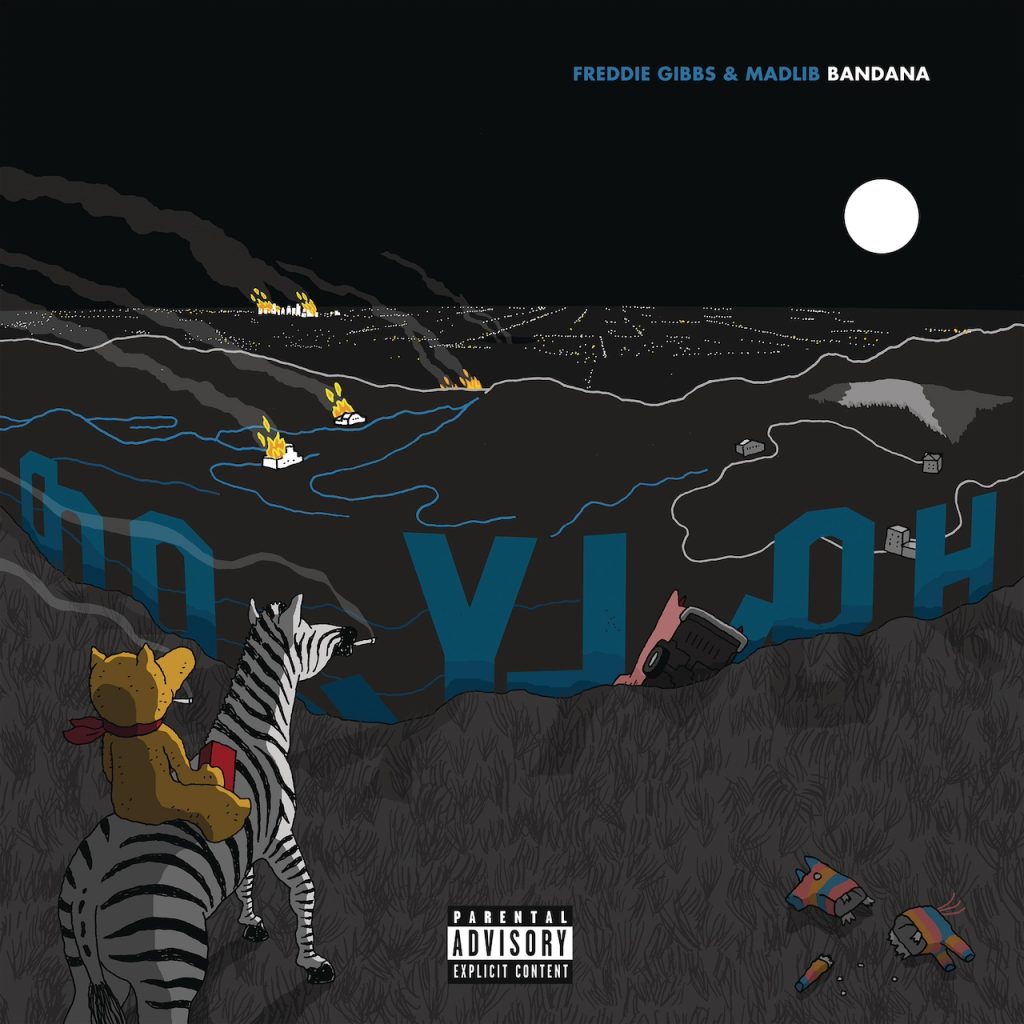
Freddie Gibbs and Madlib released their first collaborative album, Piñata, in 2014 during a transitional time in music. By the time they delivered the 2019 follow-up, Bandana, streaming had become the world’s top medium for music discovery and melodies had all but replaced traditional rapping. Despite this, Bandana established the duo as leaders of a more vintage sound centered around lyricism and lo-fi beats—a counter-culture movement that’s still inching toward the mainstream today.
Frank Ocean – Blonde
Boys Don’t Cry, 2016
A critical darling since his 2011 breakout mixtape, Nostalgia, ULTRA, Frank Ocean stepped into a class all his own with his second album, Blonde. More sparse and atmospheric than previous releases, Blonde leans into his most endearing and enigmatic qualities. Emotions are high, but neatly contained narratives are few, which is fitting for an album that makes deconstruction—sonic and otherwise—its guiding principle.
Future – DS2
Epic, 2015
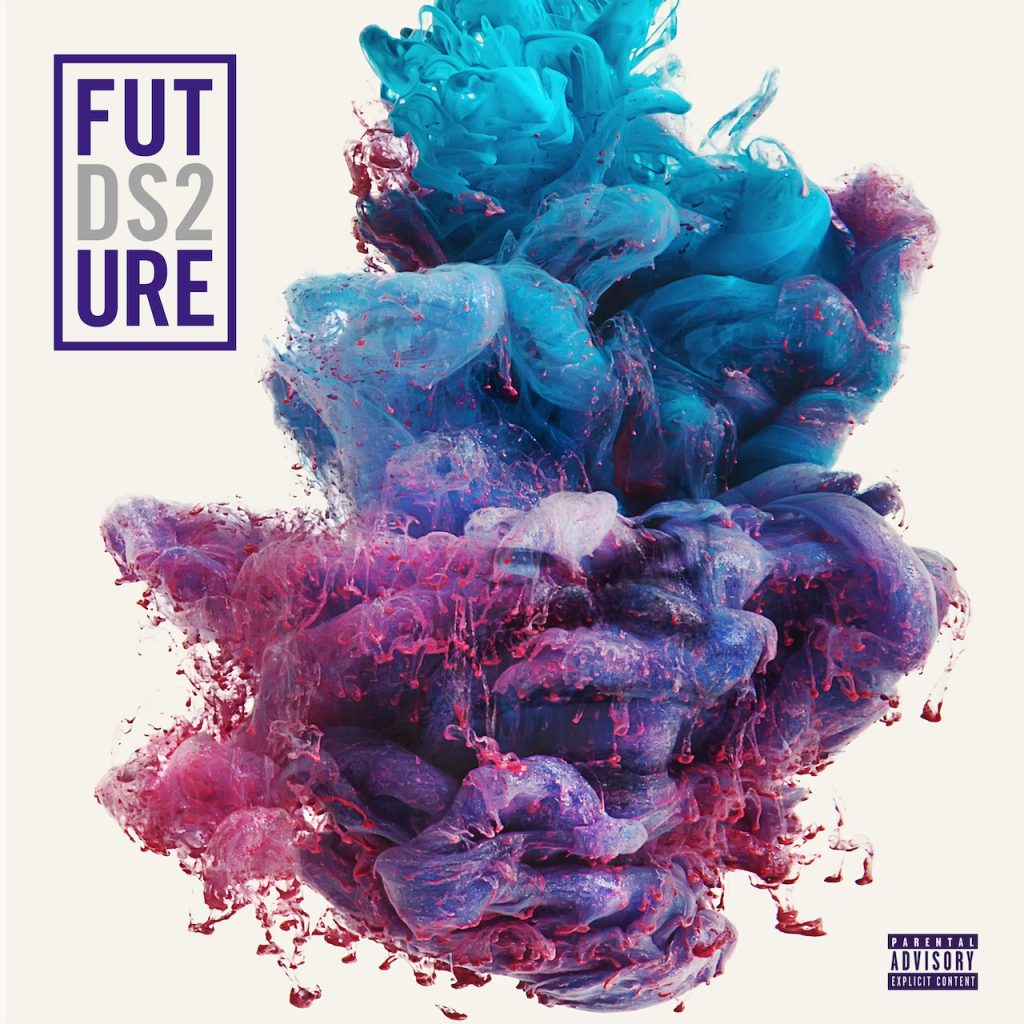
At the time of DS2’s release, Future had come off of a five-month, three-mixtape run that included Monster, Beast Mode, and 56 Nights. Still, questions remained about whether he could conjure the same magic on a proper album. DS2 quickly silenced doubters as the Atlanta rapper elevated his signature brooding to new levels. A refined and focused album, DS2 both cemented an iconic run from the artist and forged a new way for trap—and popular—music.
H.E.R. – H.E.R.
RCA, 2017
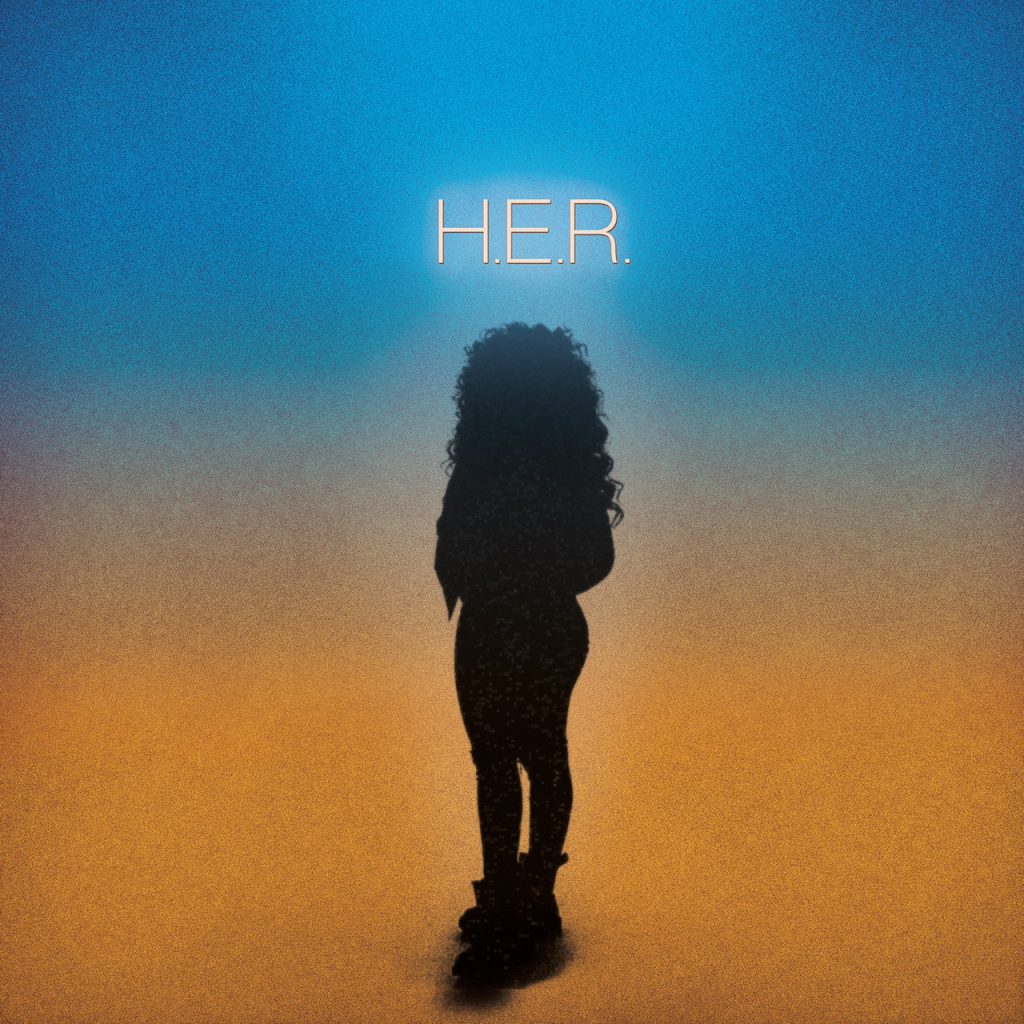
The 2010s were rife with artists incorporating mystery into their marketing, but H.E.R. made it central to her musical identity. Her self-titled compilation album—which combined her first two EPs along with a handful of new songs—used the faceless, nameless approach (especially rare for women) as a way of highlighting universal experiences with love and heartbreak. More than that, her anonymity allowed her striking voice and musicality to take center stage, laying the groundwork for the star she’s evolved into.
The Internet – Ego Death
Odd Future/Columbia, 2015
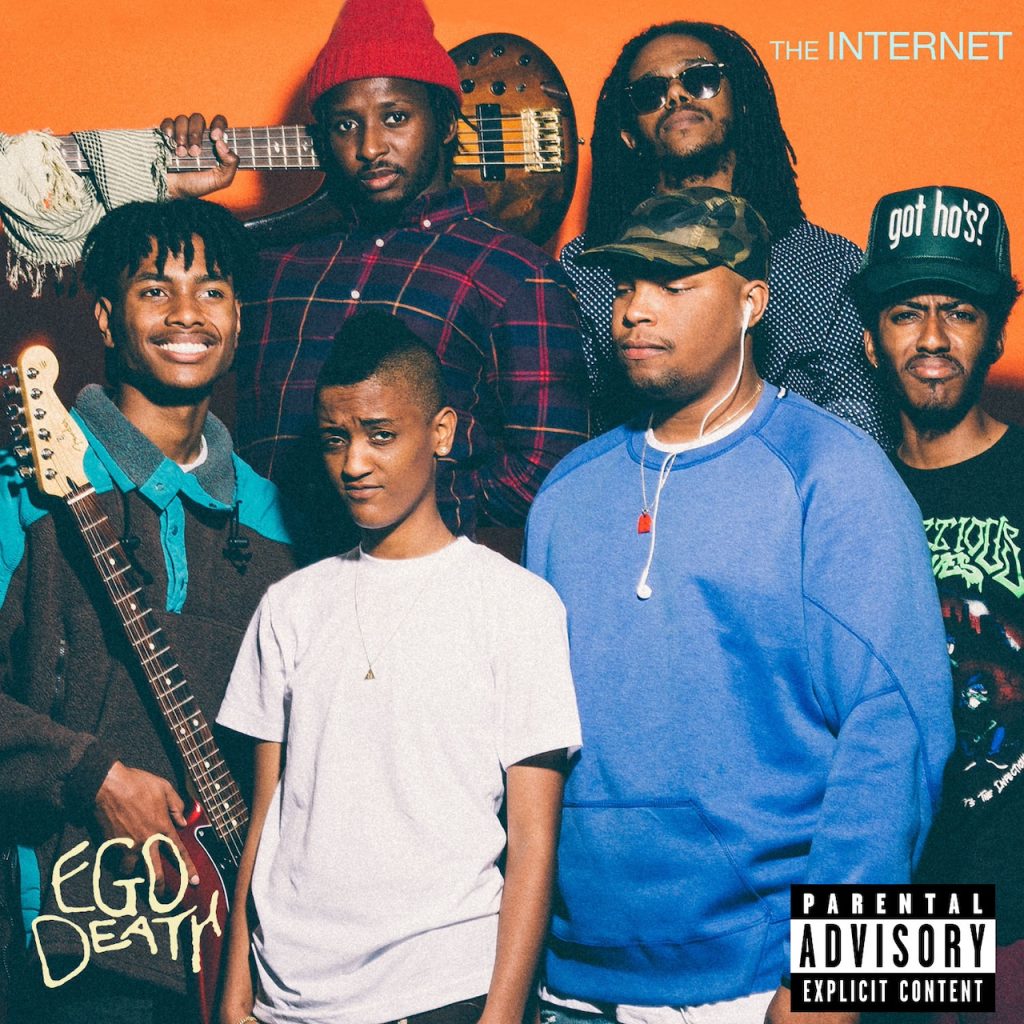
Once the in-crowd’s best kept secret, The Internet stepped out of Odd Future’s shadow and expanded its reach with Ego Death, proving that the group could no longer be confined to the alternative R&B label they carried at the beginning of their career. The streaming hit “Girl,” produced by Kaytranada, was instrumental in creating the band’s pathway to more casual R&B listeners. The album serves as a coming out party for frontwoman Syd, revealing her talents as a formidable songwriter, and bandmate Steve Lacy, who would go on to blossom as a solo artist.
Jay-Z – 4:44
Roc Nation, 2017
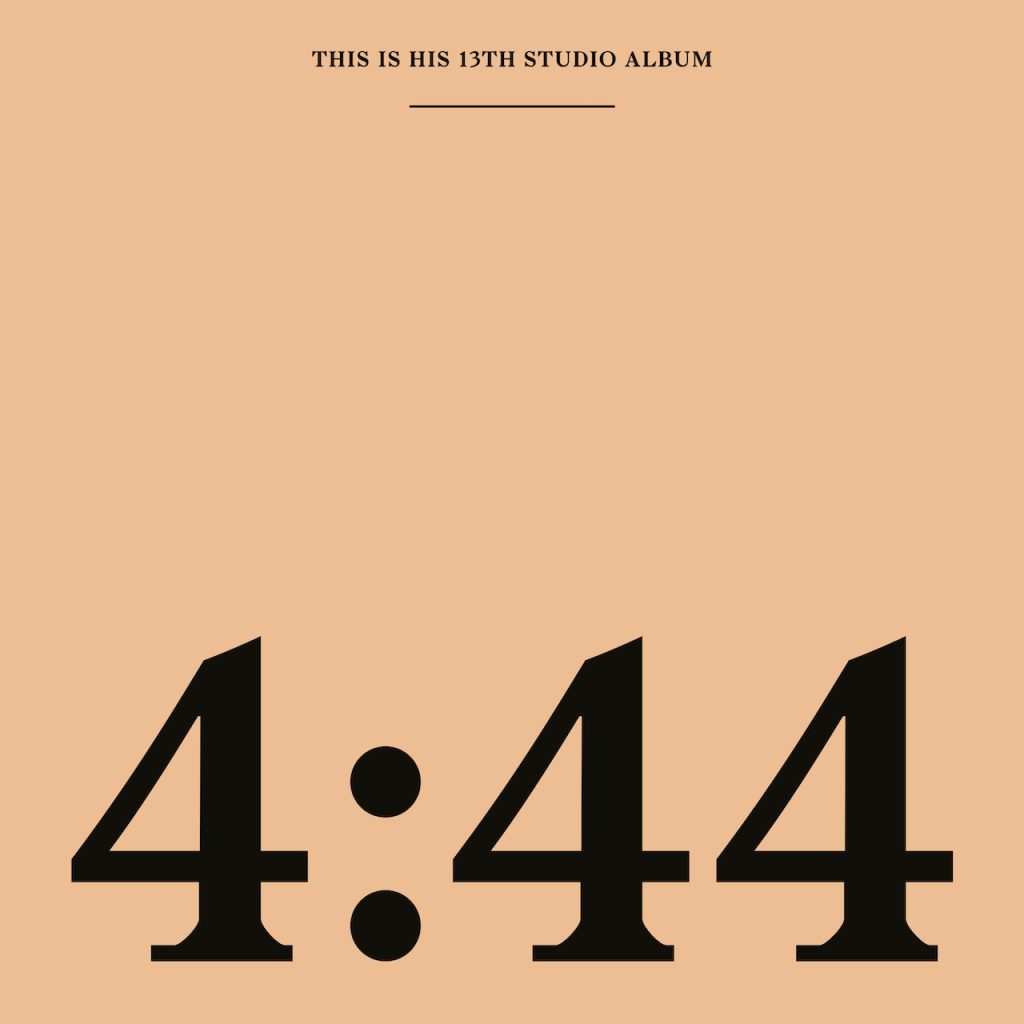
Jay-Z built his career rapping about his hustler’s spirit. But Hov’s ability to deliver a message that resonates with millions who don’t share his background helped make him one of the most influential artists of all time. 4:44 is part confessional and part business manual. He addresses the transgressions that led to a controversial elevator ride with his wife Beyoncé and her sister Solange, and sprinkles food for thought through the album. 4:44 also showcases Jay-Z at his razor-sharp best, silencing any doubts that he could still deliver a compelling body of work 20 years after his classic debut.
Jazmine Sullivan – Heaux Tales
RCA, 2021

By the time Jazmine Sullivan’s Heaux Tales was released, it’d been nearly 13 years since her breakthrough single, “Need U Bad.” But even for longtime fans, this album felt like an arrival for one of modern R&B’s most stunning vocalists. Conceptually, it’s an exploration (and reclamation) of femininity, sexuality, and romance; sonically it’s a breathtaking display of range and tone that only further confirmed her prowess. The effort earned her her first, long-deserved Grammys: Best R&B Album and Best R&B Performance.
Kendrick Lamar – To Pimp A Butterfly
Top Dawg Entertainment/Interscope, 2015
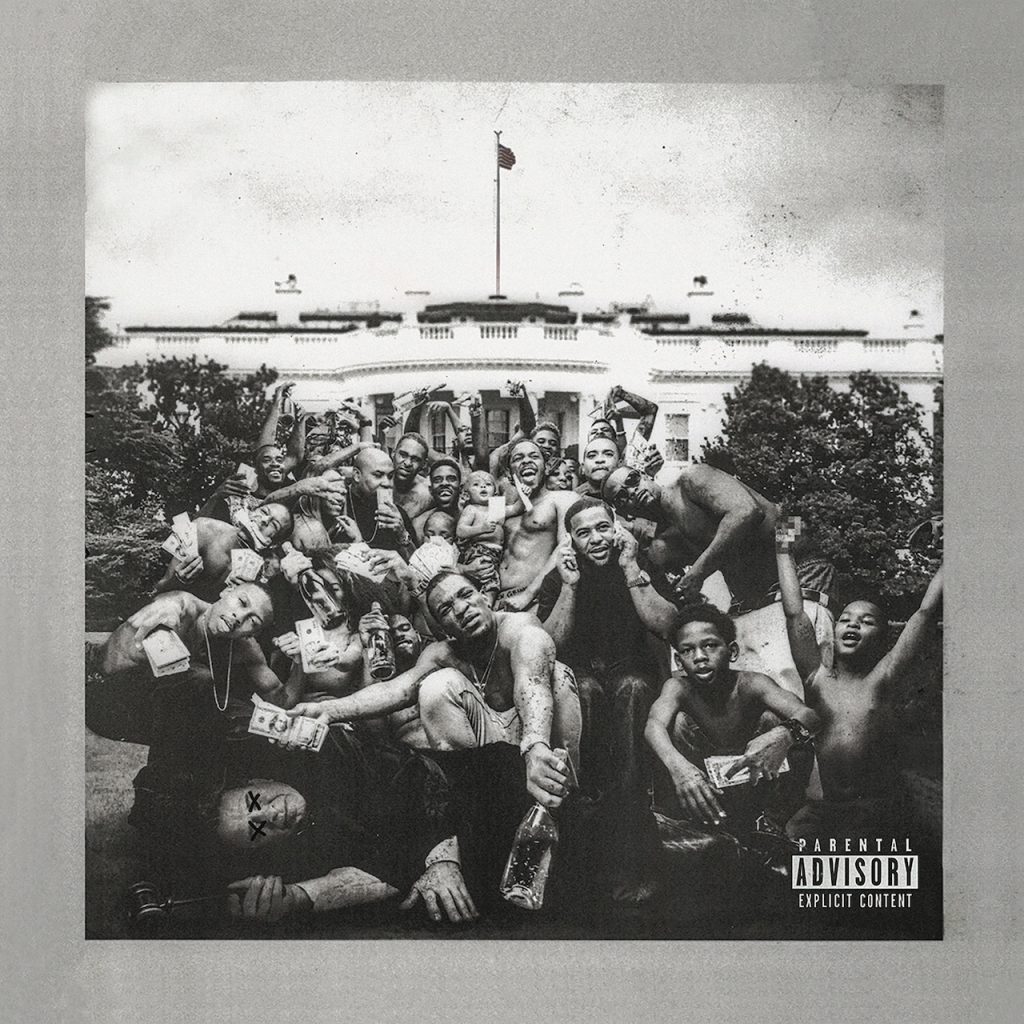
Rap is arguably most impactful as protest music, but the genre had almost exclusively become party music, at least in the mainstream, by 2015. Kendrick Lamar offered rare social commentary months after the police killings of Eric Garner, Tamir Rice, and Michael Brown. To Pimp A Butterfly’s jazz backdrop is a sharp contrast from the trap sound that had become ubiquitous, spawning the Pharrell Williams-produced “Alright”—one of the most important protest songs of the 21st Century, and one that pushes the idea of rap’s role as the “CNN of the ghetto.”
Kendrick Lamar – DAMN.
Top Dawg Entertainment/Interscope, 2017

Following up his previous two albums was never going to be an easy task for Kendrick Lamar, but on DAMN., the rapper proved he could deliver crossover hits without compromising a drop of his innovative spirit. The album has sold over 3 million album -equivalents to date, won multiple Grammy Awards, and earned a Pulitzer Prize—making K.Dot the first non-classical or jazz musician to win the honor. With DAMN., Lamar joined a short list of musicians who’ve released three classic albums in a row, and he cemented himself as the most critically acclaimed artist of his generation.
Lil Uzi Vert – Lil Uzi Vert vs. The World
Generation Now/Atlantic, 2016
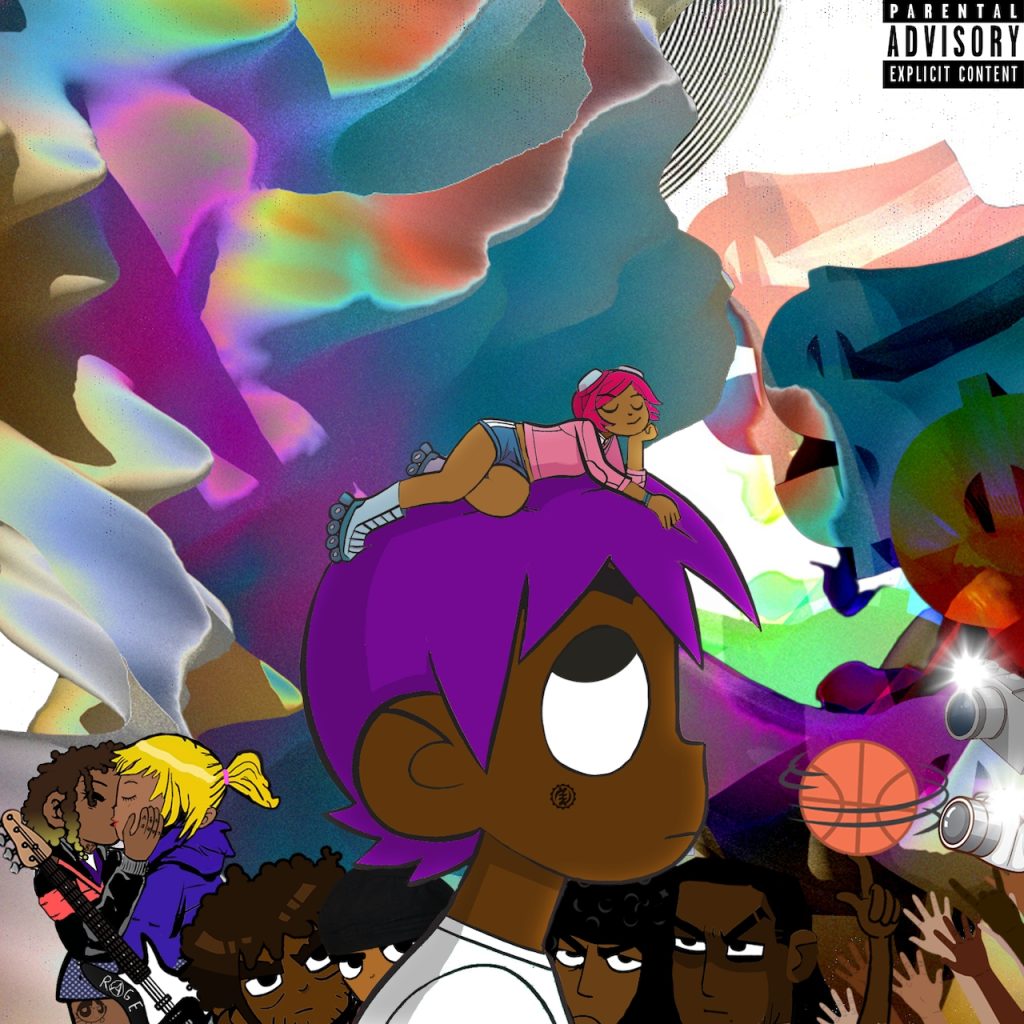
Lil Uzi Vert vs. the World is a crystallization of the exact moment Lil Uzi Vert exploded into stardom. All of the qualities he would continue to warp, expand, and transform over the course of his career take shape on this mixtape: his irresistible melodicism, sharp-but-defiant cadences, and an experimental streak that pushes rap’s boundaries to some of its quirkiest limits. In the years since its 2016 release, the sonic seeds of Lil Uzi Vert vs. the World have been scattered across hip-hop, pop, and beyond.
Migos – Culture
Quality Control Music/300, 2017
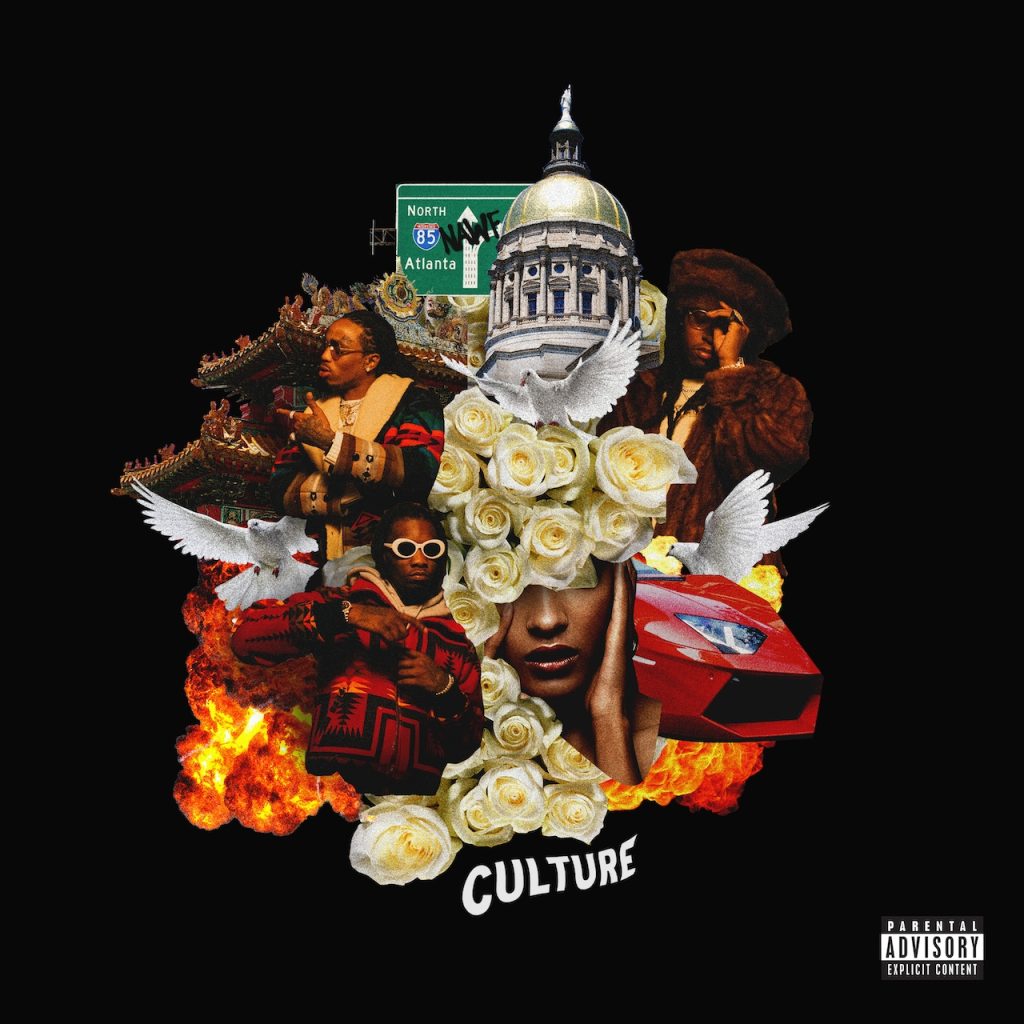
At the height of their powers, Migos were half-jokingly, half-earnestly considered to be better than The Beatles, with signature triplet rhymes effectively resetting the sound of popular rap. Then the trio’s second album, Culture, arrived and promptly cemented their place in the zeitgeist. Riding the massive, viral wave of “Bad and Boujee,” which earned Migos (and Lil Uzi Vert) their first and only number one, Culture emphasizes all the things that made them impossible to resist: playful ad-libs, inventive cadences, earworm melodies, and savvy beat selection.
Nipsey Hussle – Victory Lap
All Money In/Atlantic, 2018
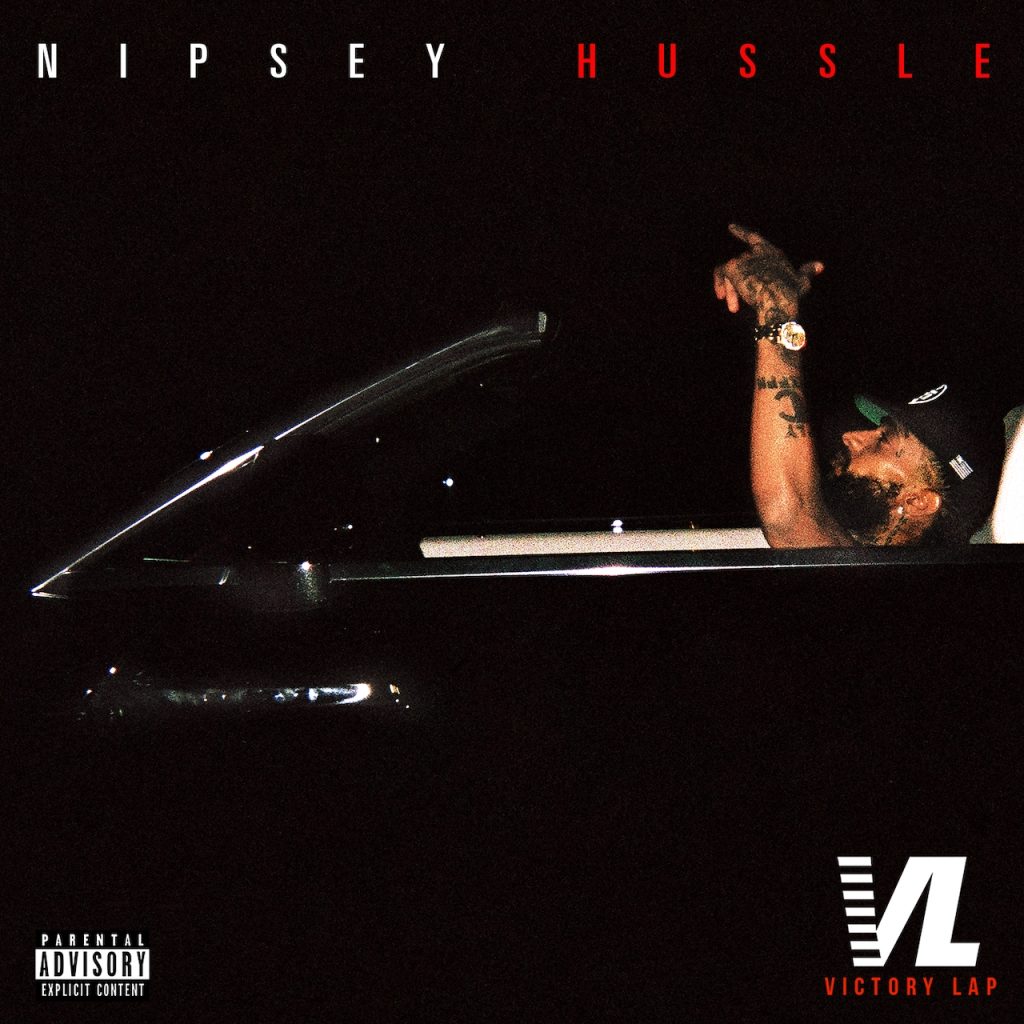
Many rappers tend to peak early, but Nipsey Hussle entered his creative prime 10 years after his breakthrough release. The L.A. native’s vision was always clear: As a self-made entrepreneur, Neighborhood Nip preached about economic empowerment. Nip perfected his formula on Victory Lap, and his lyrics had the ability to resonate with street disciples and ordinary people alike. The project brought Nipsey the acclaim and commercial reach he long deserved and, as has historically been the case, the album gained even more importance in the wake of his untimely death.
Playboi Carti – Die Lit
AWGE/Interscope, 2018
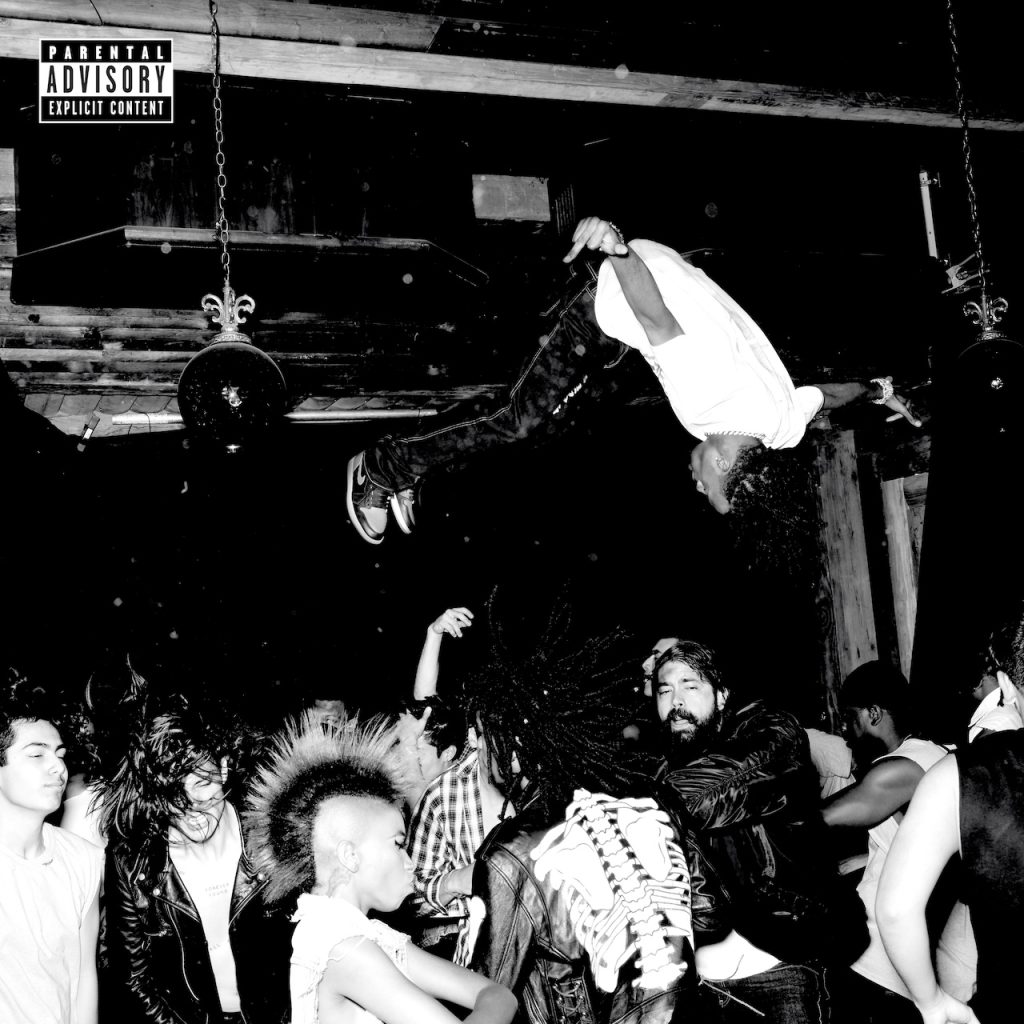
Playboi Carti’s appeal lies, in part, in his ability to do a lot with a little, and he used his debut album, Die Lit, to double down on his style. The beats are captivating and Carti’s melodic flow—punctuated by repetition and chirped ad-libs—leaves plenty of space to appreciate not just the production, but also the slippery minimalism of his flow. It’s a formula that has been praised and criticized in turns for being simplistic, but the Atlanta rapper is redeemed by the many imitators who repeatedly fail to recreate his singular magic.
Rihanna – Anti
Roc Nation/UMG, 2016
Rihanna’s ability to churn out a hit was well-established before the release of Anti. In fact, the decade leading up to its release saw Rihanna consistently topping the charts. But this album opened up a new chapter of her artistry, revealing the pop star in a new light. Anti culls inspiration from a wide range of genres, including psychedelic and pop-rock, but it’s the soulfulness of it all that sets it apart. And fans continue to keep this classic in heavy rotation, evidenced by three songs (“Work,” “Love On The Brain,” and “Needed Me”) that have surpassed a billion streams.
Roddy Ricch – Please Excuse Me for Being Antisocial
Atlantic, 2019
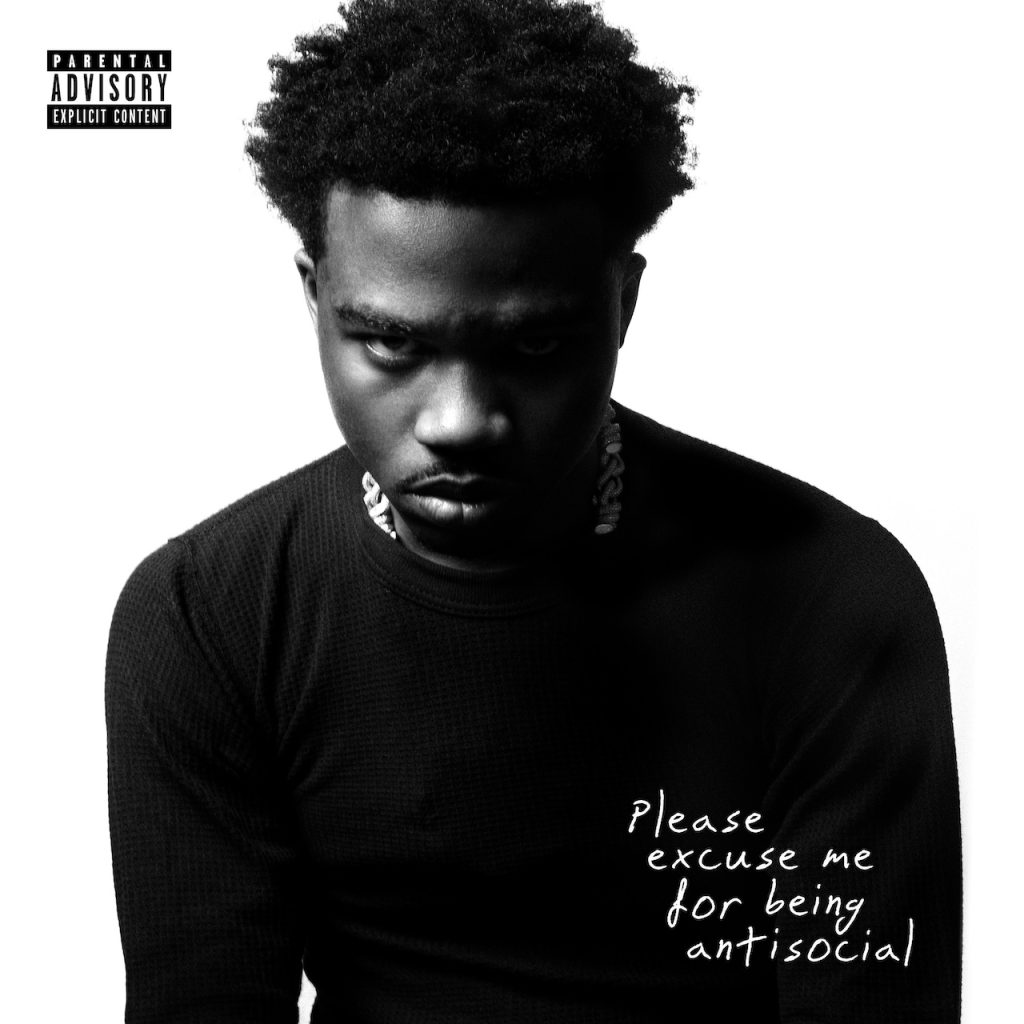
After releasing a trilogy of acclaimed mixtapes, Roddy Ricch’s grind culminated in his blockbuster debut album, Please Excuse Me for Being Antisocial. In an era of increasingly fragmented rap fandom, the project represents an inflection point as his chart-topping single “The Box” possibly exemplifies the last ubiquitous rap song. Roddy goes through a range of moods as he contextualizes why being a product of his environment has made him so rigid today.
Saba – CARE FOR ME
Saba Pivot, LLC, 2018
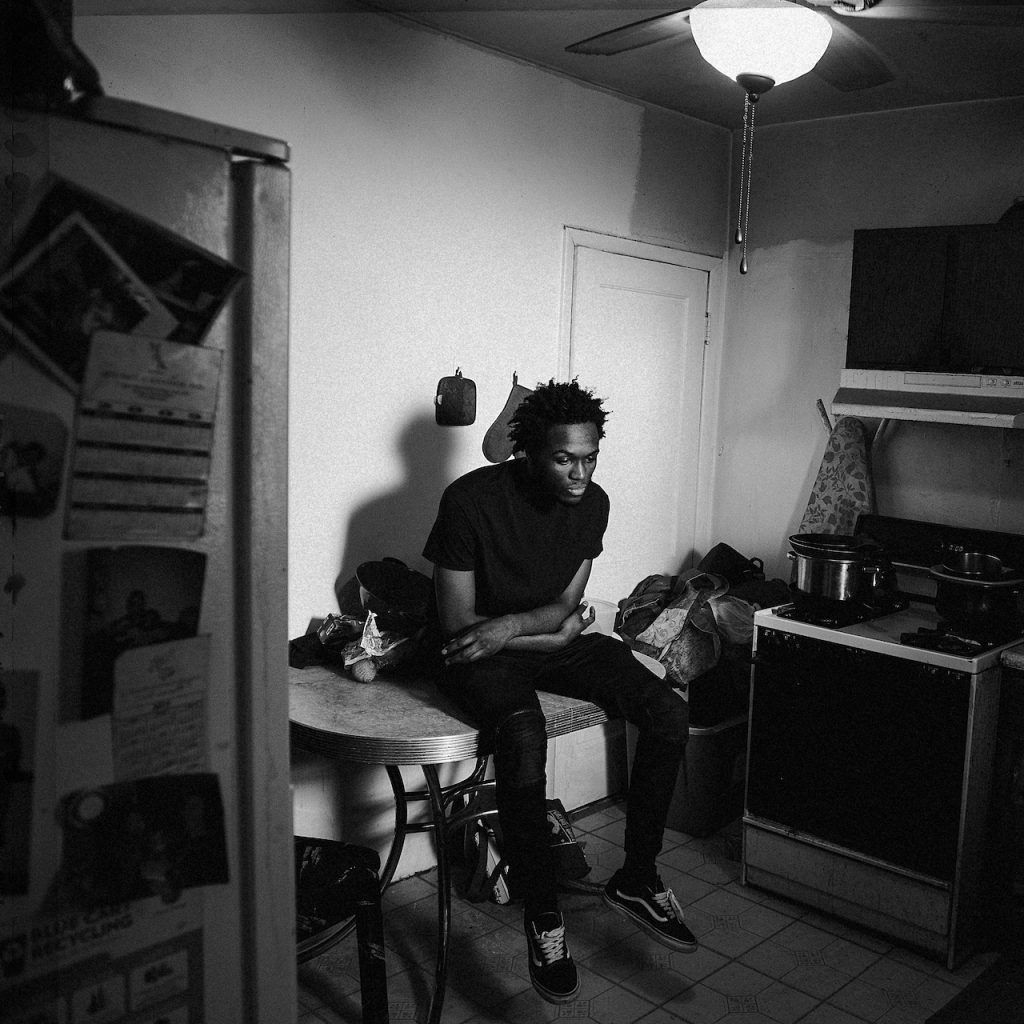
Following the murder of his cousin, Chicago rapper Saba surveyed his grief and responded with CARE FOR ME. On the album, his second, Saba allows his emotions to sharpen his craft, deftly capturing the depths of his sorrow and loneliness while still expressing the love he has for his fallen family member. Despite the weightiness of its concept, Saba emerges triumphant, not just as a rapper but as a person as well.
Solange – A Seat at the Table
Saint Records/Columbia, 2016

While Solange offered a glimpse at her potential on earlier releases, A Seat at the Table is where the singer found her identity and announced her arrival as a full-fledged creative. Revealing a new, mature point of view as a lyricist, and a new sound, A Seat At The Table is cool, substantive, and unapologetically Black. With Raphael Saadiq handling coproduction for most of the project and Master P narrating throughout, the album embodies qualities that had become disassociated with R&B amid pesky perceptions that the genre was dying. The album made Solange a favorite among tastemakers and positioned her as one of R&B’s most forward thinkers.
Summer Walker – Over It
LVRN/Interscope, 2019

When Summer Walker’s breakout single, “Girls Need Love,” emerged from the ether in 2018, it felt as though she had gifted a generation of women the language for expressing their sexual desires. Her debut album, Over It, further expanded that lexicon, with the singer-songwriter replacing archaic attitudes and feelings of shame—shame for wanting love, shame for wanting sex, shame for being too loud, shame for being imperfect—with a sense of pride. In a hypercritical era, Over It became a necessary meditation on how to embrace one’s own flaws.
SZA – Ctrl
RCA, 2017

Few albums have captured the complexities of modern love and lust like SZA’s debut, Ctrl. Upon its release in 2017, there was a near immediate recognition that Ctrl was special. The wounded vulnerability and raw candor of SZA’s lyrics made her listeners feel seen as she laid bare some of the hardest truths about romance in today’s world. She brilliantly transformed the messiness of her inner world into a masterpiece for all to see, and music—along with each person who heard it—was made a little better by her bravery.
Travis Scott – ASTROWORLD
Cactus Jack/Epic, 2018
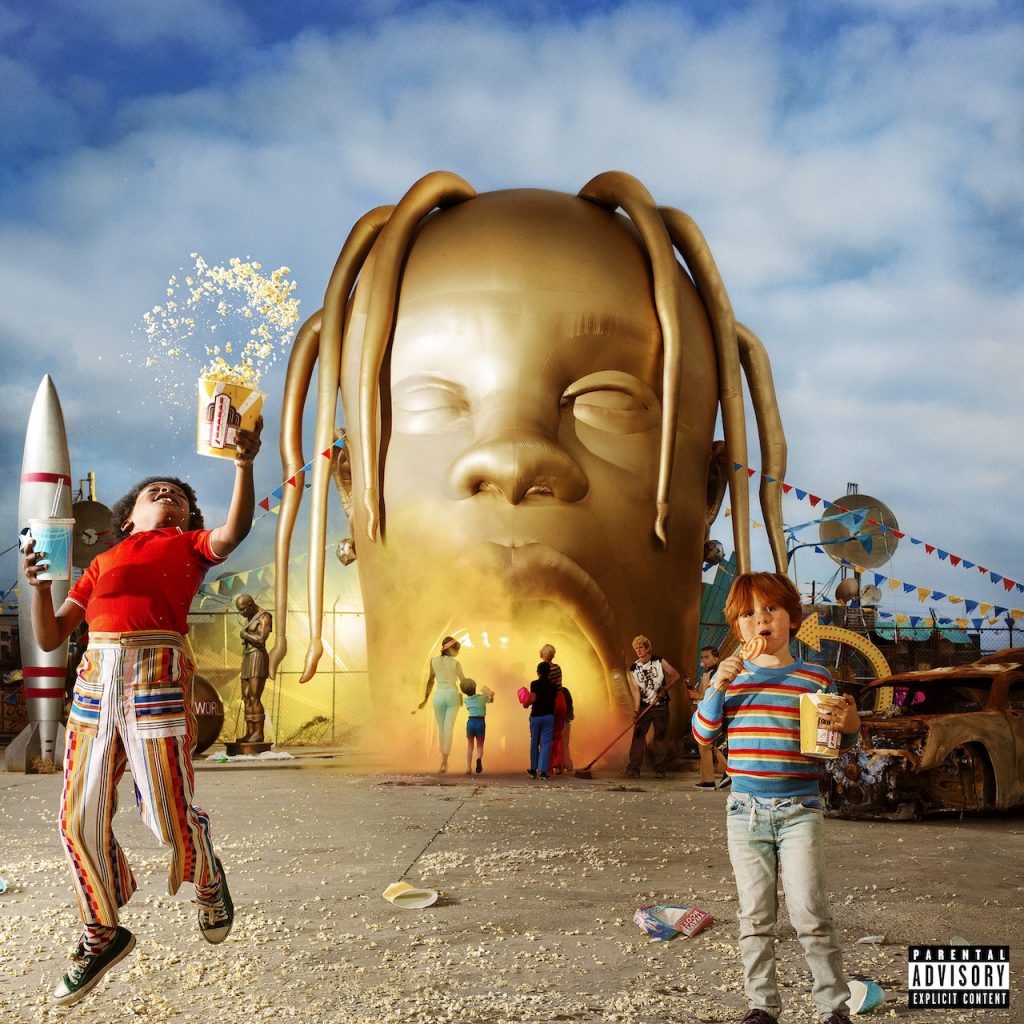
Inspired by a now-defunct theme park in his native Houston, ASTROWORLD showcases Travis Scott’s ability to create fictional worlds his fans can inhabit. Before Astroworld’s release, Travis made fans wait two years for the album to drop, at a time when flooding the market was becoming a survival tactic for most artists. As the anticipation reached a fever pitch, he’d carefully whet his fans’ appetites with excellent cameos on SZA’s “Love Galore” and Drake’s “Portland.” Then, Travis delivered and ascended to a new stratosphere as one of hip-hop and pop’s biggest stars.
Tyler, The Creator – Flower Boy
Columbia, 2017
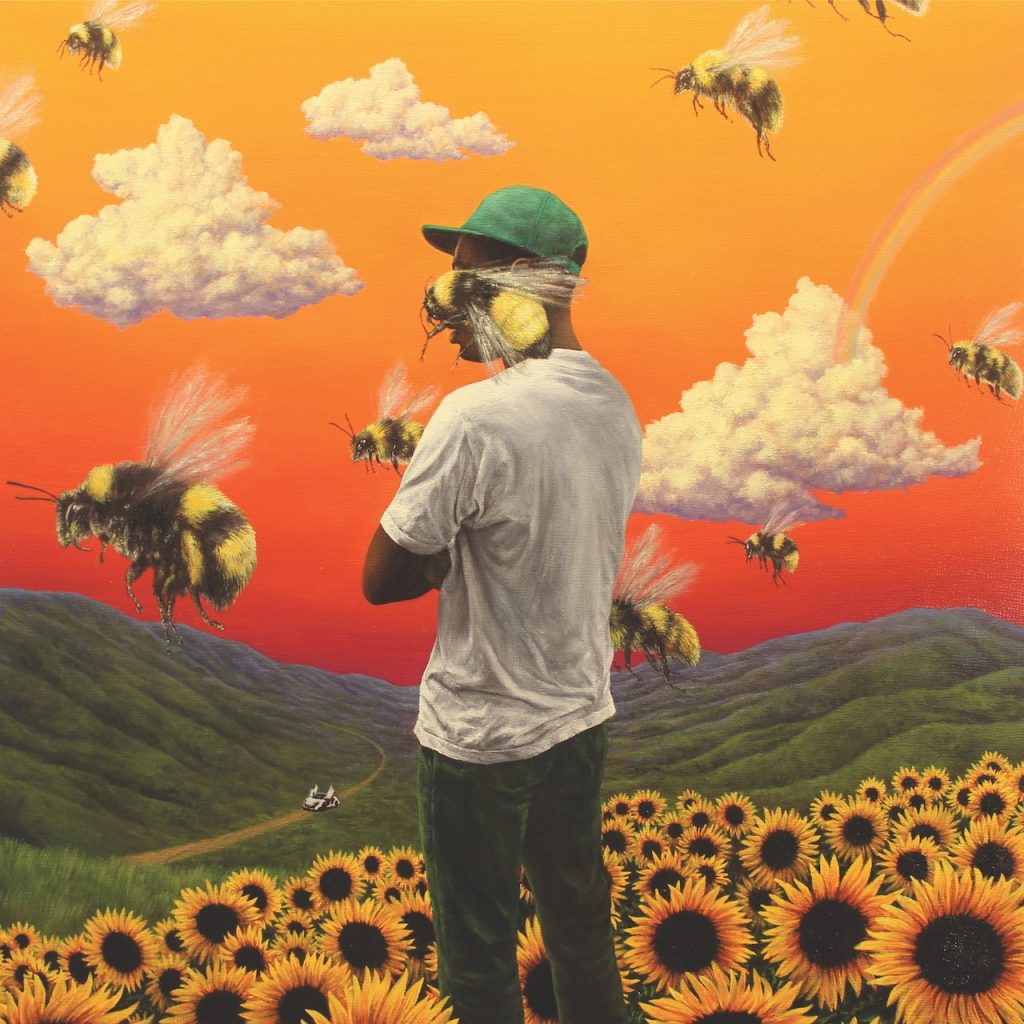
Tyler, The Creator reinvented himself into an artist’s artist on his fourth studio album, Flower Boy. The Los Angeles rapper peeled back layers and revealed a sophistication that was hidden behind the shock value and provocative behavior showcased in some of his earlier work. Over dreamy production, Tyler paints a portrait of a complex human, displaying his personal and artistic growth. Tyler’s evolution was also rewarded with a commercial leap, as Flower Boy gave the artist his first platinum certification. The album’s biggest single, “See You Again,” has gone viral twice in the years after its initial release and has now surpassed a billion streams on Spotify.
Tyler, The Creator – IGOR
Columbia, 2019
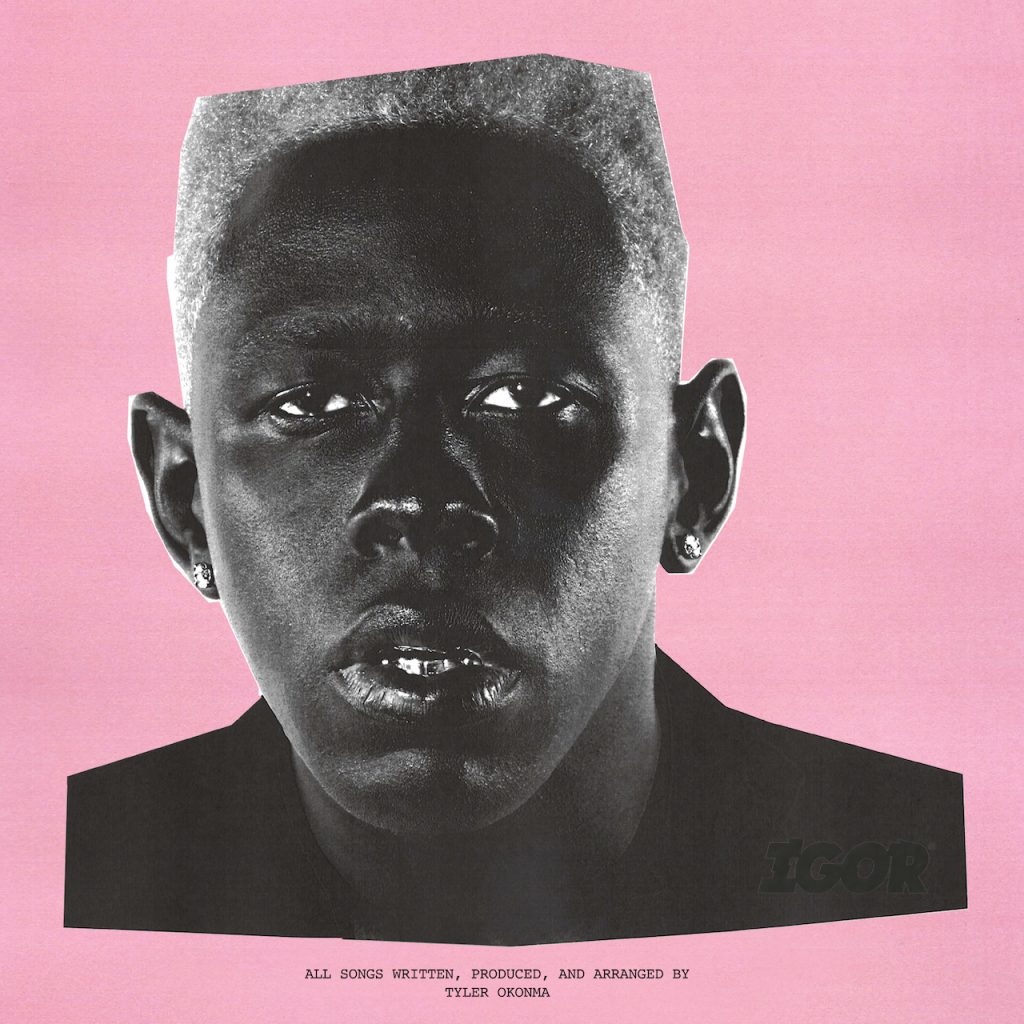
Tyler, The Creator has historically pulled from a boundless pool of musical influences, but with IGOR, he offers up an album that challenges genre classifications. There’s some rapping, but the album’s hip-hop DNA is less apparent. It’s soulful—Tyler sings for most of the album—but it’s not necessarily R&B or pop. Instead, T’s journey of personal and artistic maturation takes center stage as he reflects on past relationships. Speculation around the object of Tyler’s affections has given the album a mythological air. Despite being left of center, IGOR earned a Grammy for Best Rap Album and ironically pushed Tyler toward the center of rap’s cultural conversation.
Tyler The Creator – Call Me If You Get Lost
Columbia, 2021
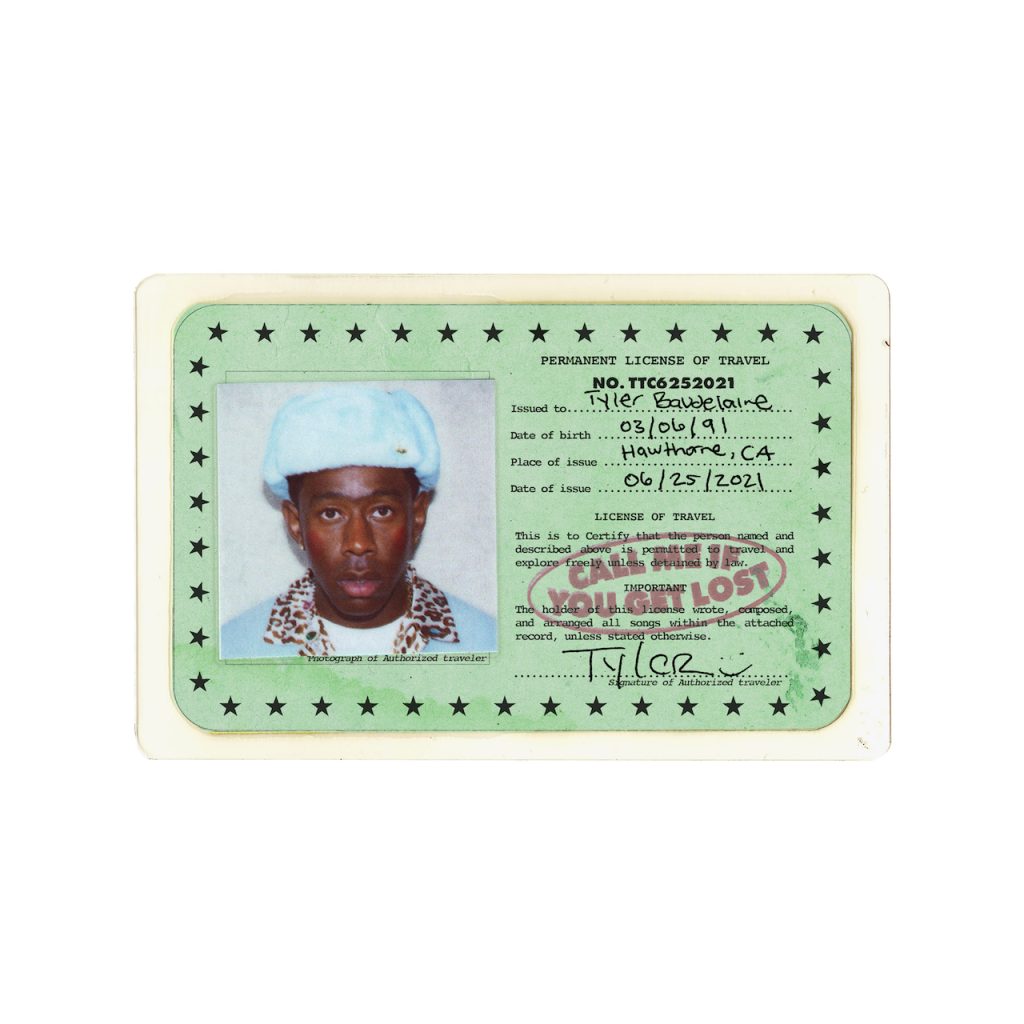
For most of the 2000s and into the 2010s, a Gangsta Grillz mixtape represented a milestone moment for artists, both rising and established. In 2021, Tyler, The Creator restored the feeling with Call Me If You Get Lost, his very own Gangsta Grillz mixtape, hosted by DJ Drama himself. The acclaimed tape evokes the gritty rawness of the aughts and juxtaposes it with some of the rapper’s finest and most confident writing. In calling on the past, Tyler introduced the world to a new era of his artistry, clear-eyed and more fearless than ever.
XXXtentacion – 17
Bad Vibes Forever/EMPIRE, 2017

XXXtentacion’s 17 turned the Florida native into a streaming juggernaut. X managed to gain organic traction when manufactured virality was becoming standard. He hardly ever promoted his music. Instead, the persistent controversy that followed him seemed to fuel his momentum. Pulling heavily from emo influences, 17 showcases X’s ability to effortlessly move between styles, singing over acoustic guitars one moment and rapping over vocal samples the next. Touching on mental health and tapping into angst, 17 demonstrates the artistic qualities that made X a fan favorite among younger audiences, and four of the album’s 11 songs have surpassed a billion streams to date. Less than a year after 17’s release, X’s moment in the spotlight would be tragically cut short, and his death has left a void that’s yet to be filled.
Discover more of today’s future hip-hop classics on our flagship playlist, RapCaviar.





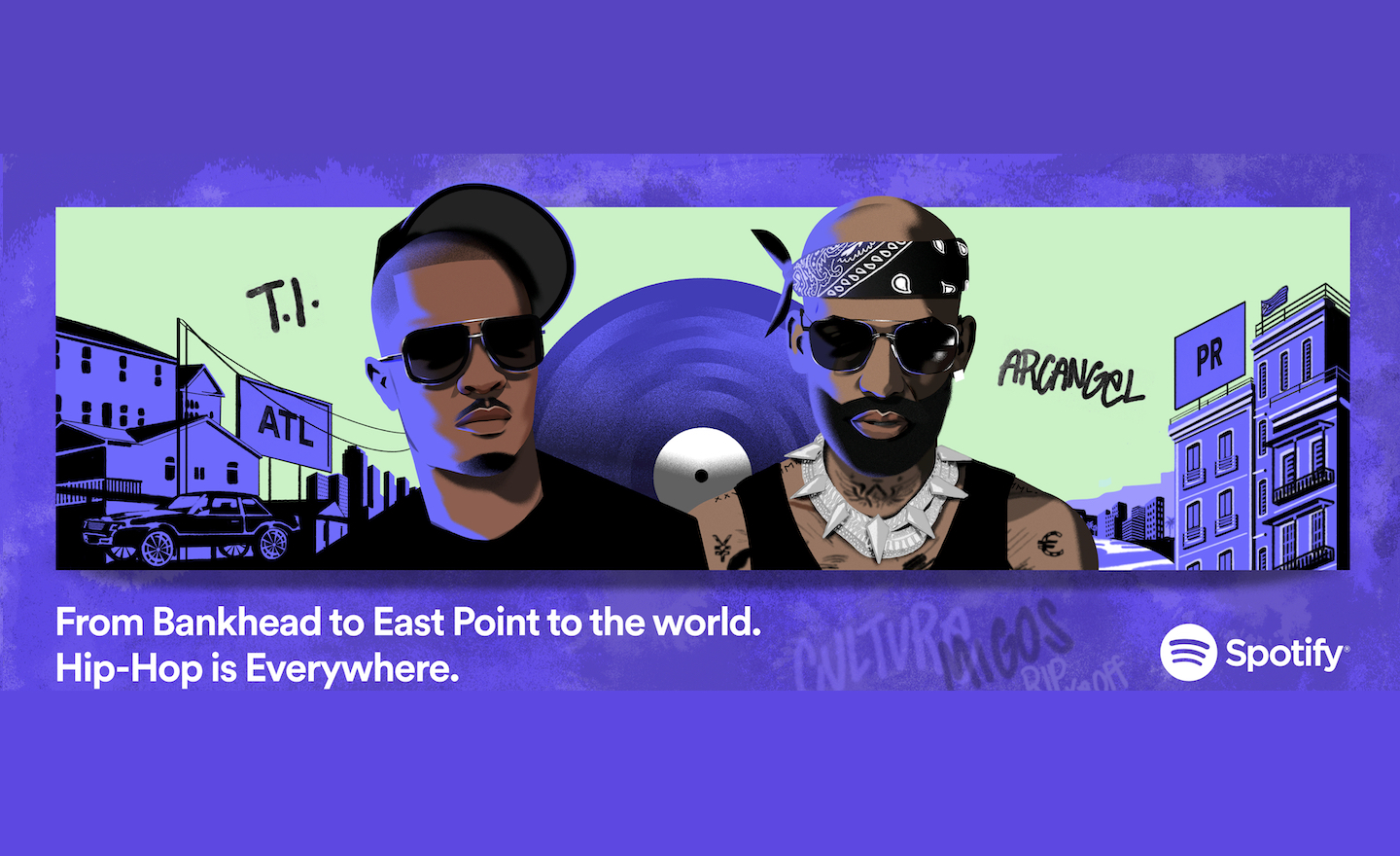
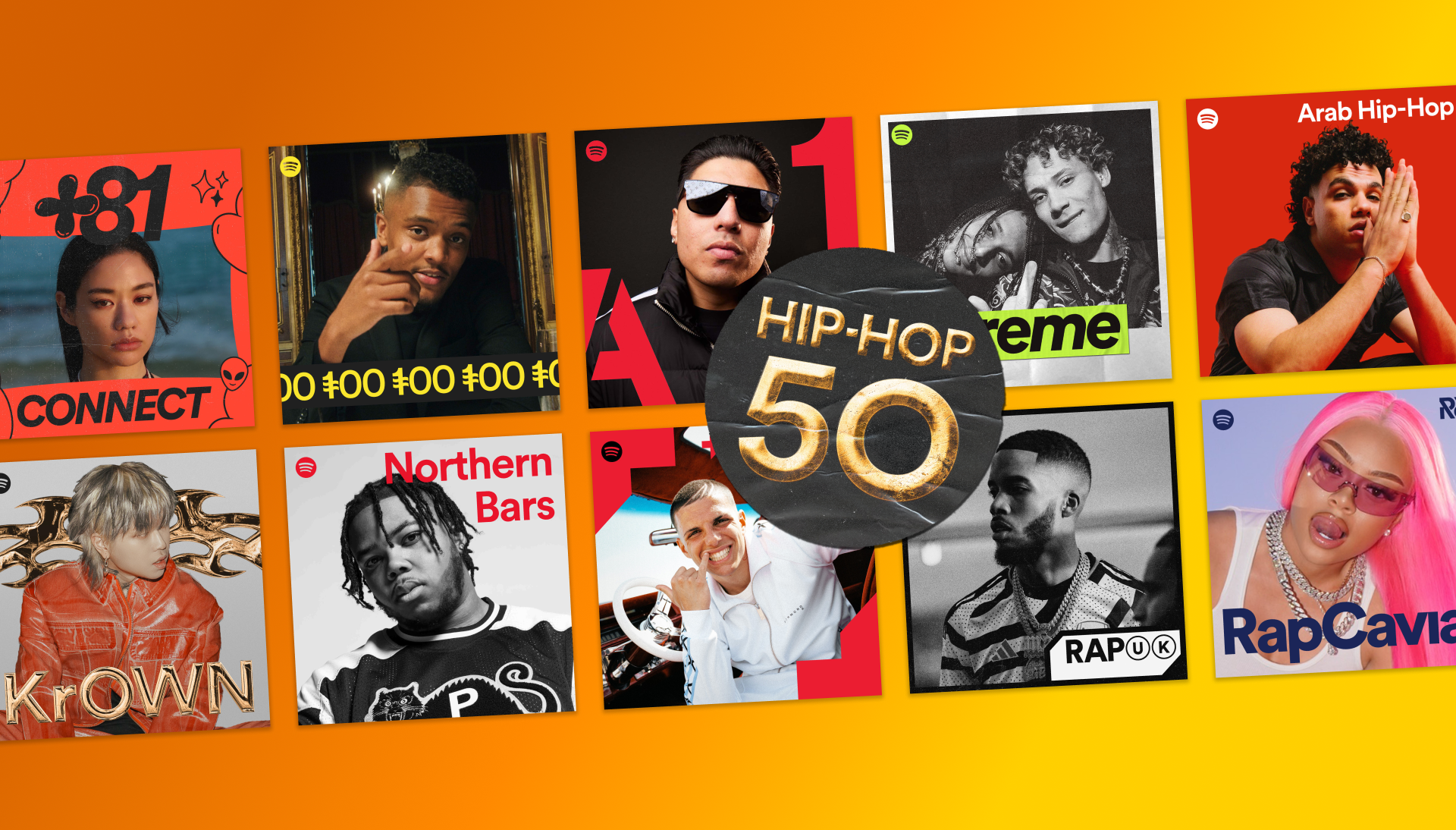
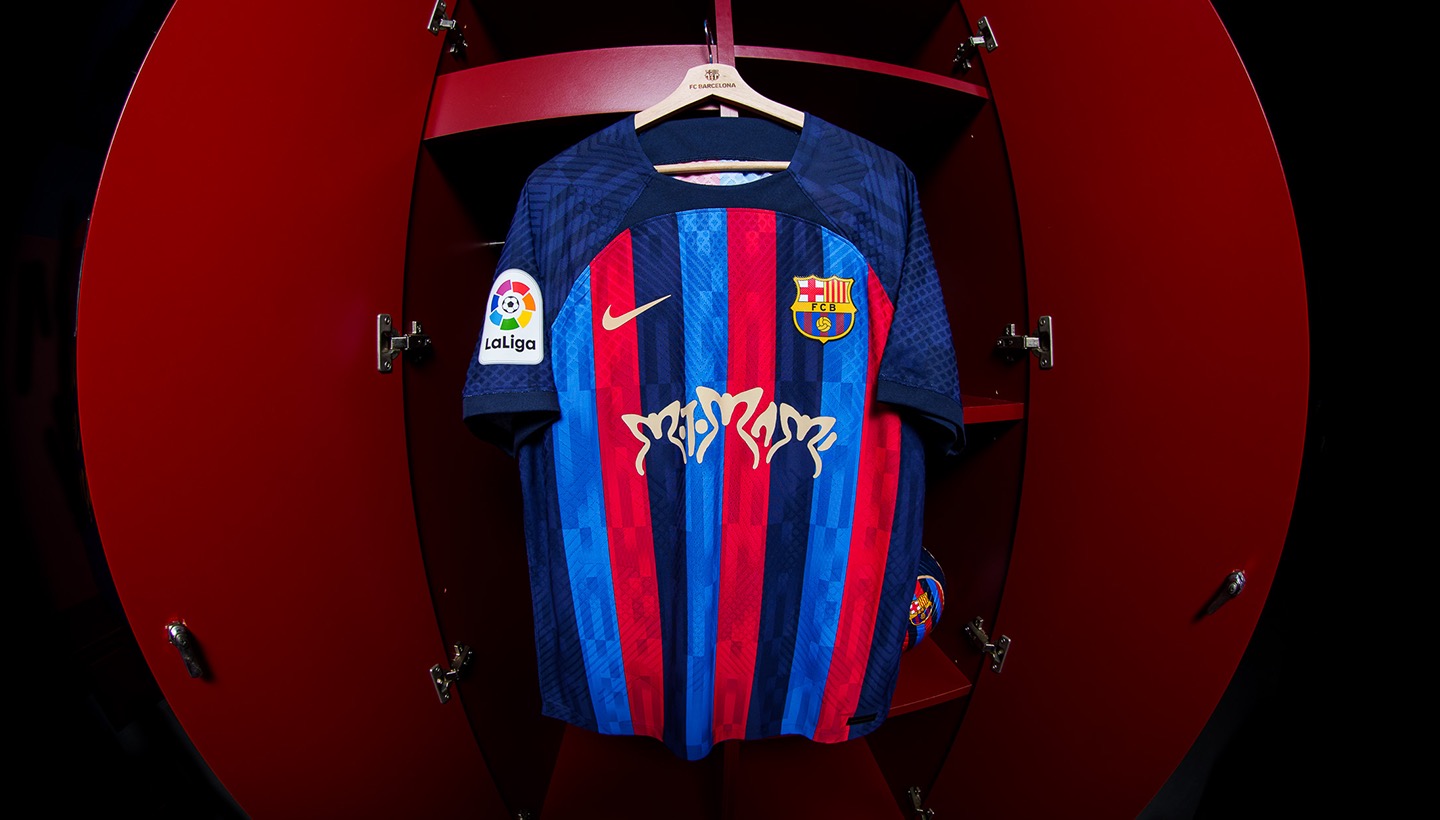
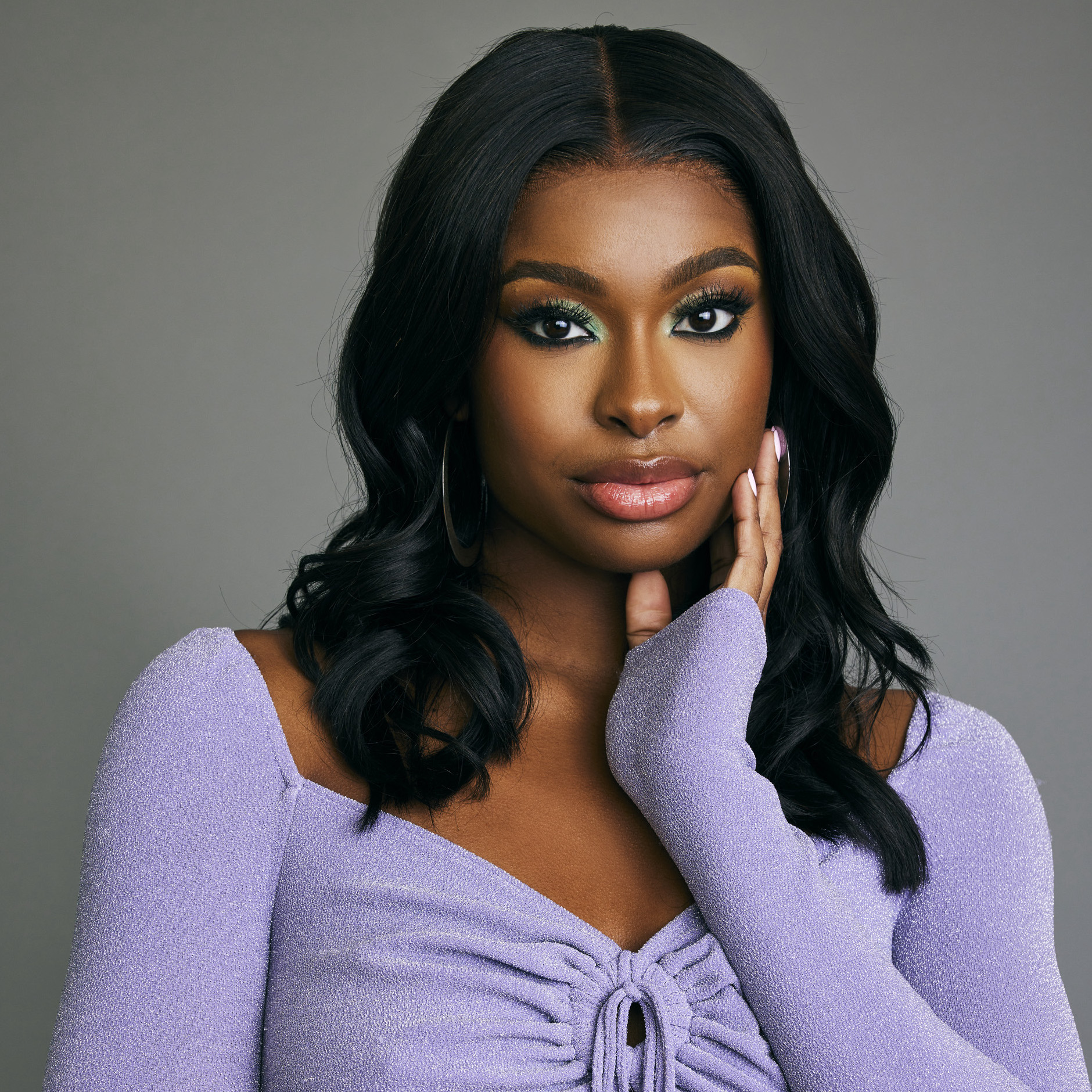
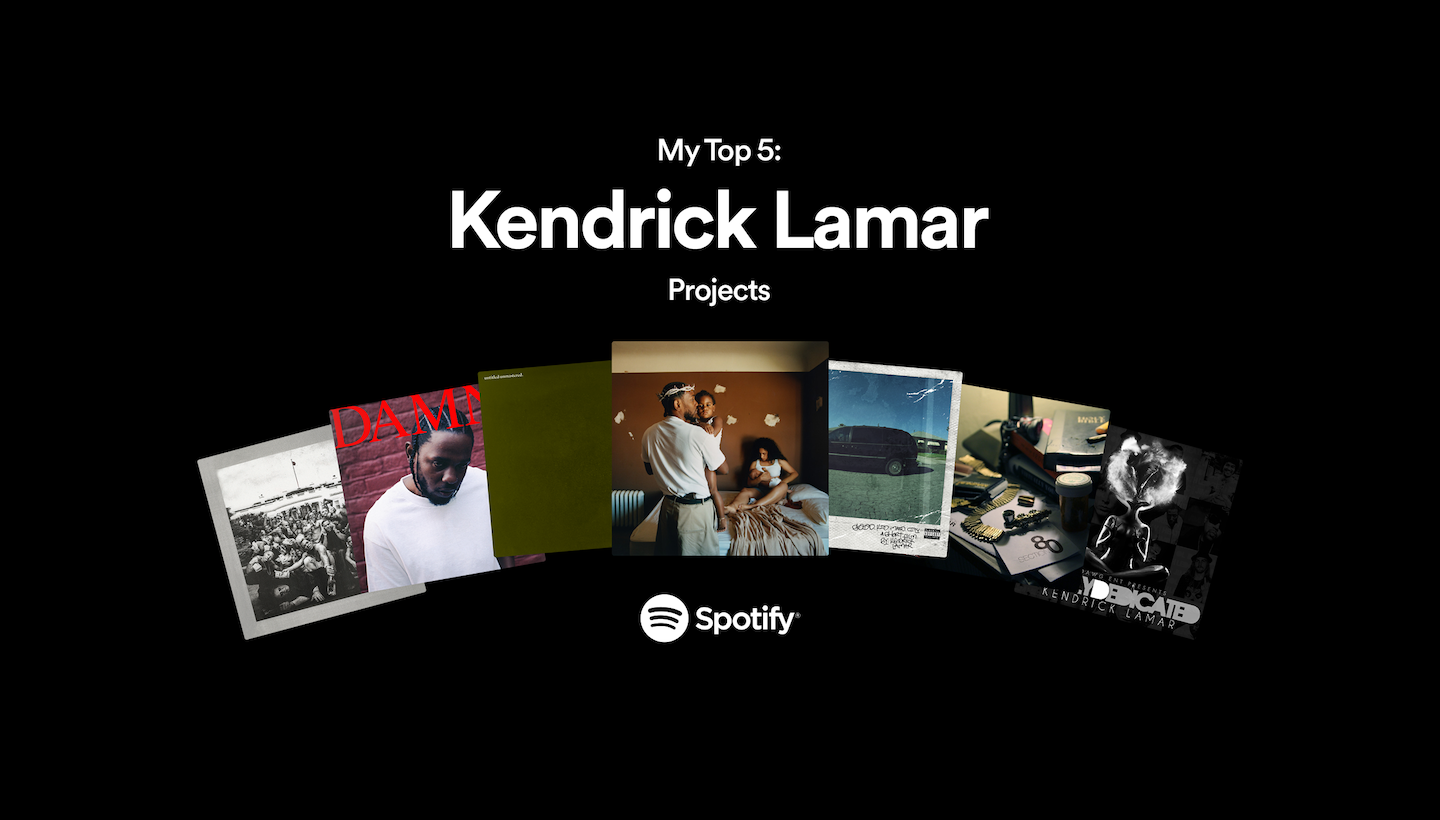
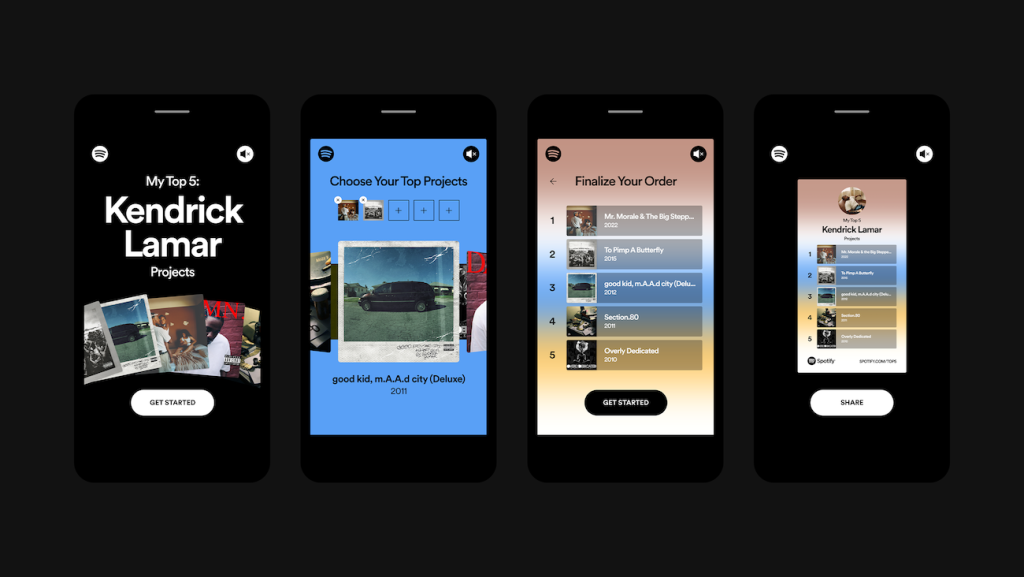
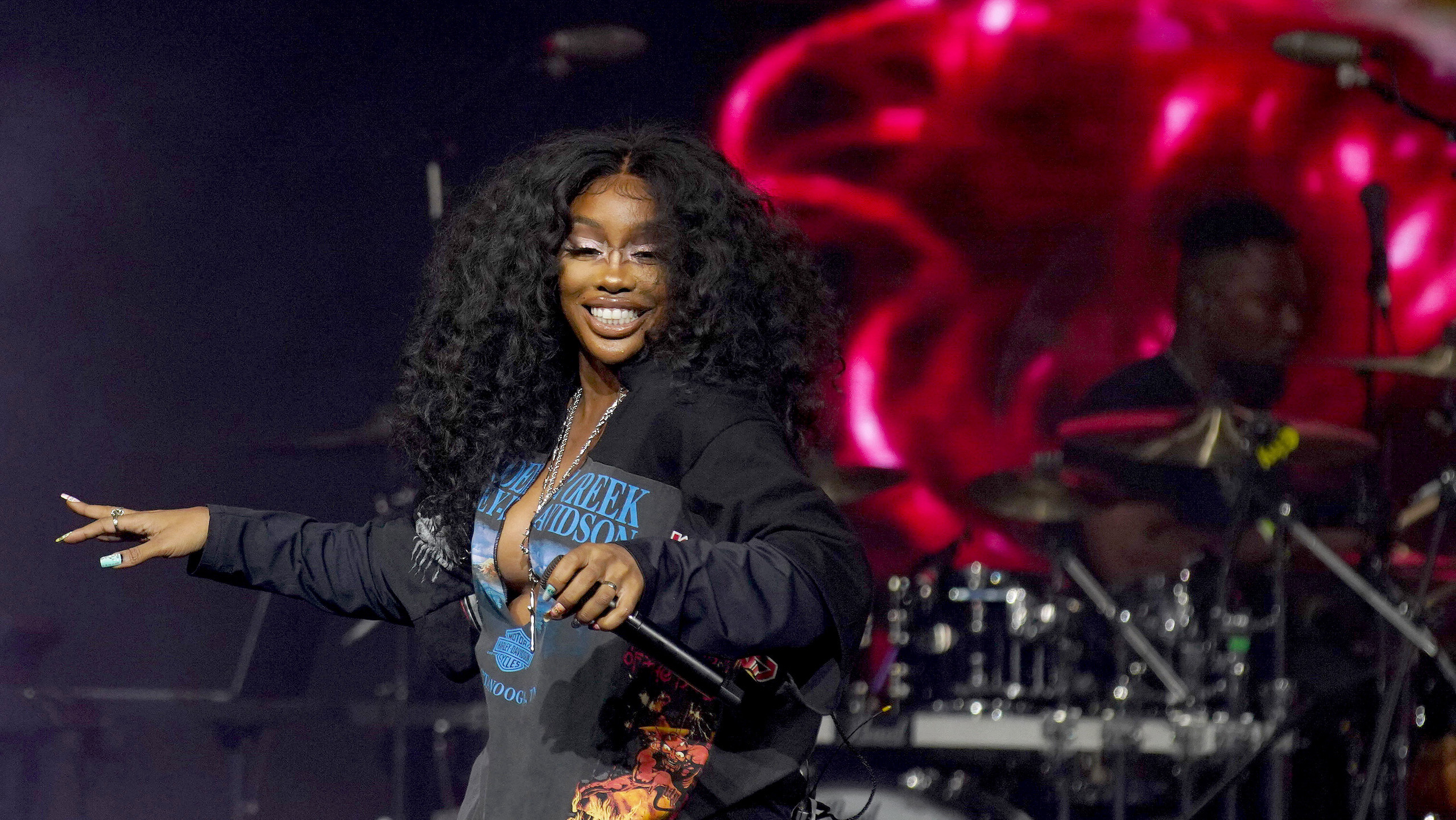
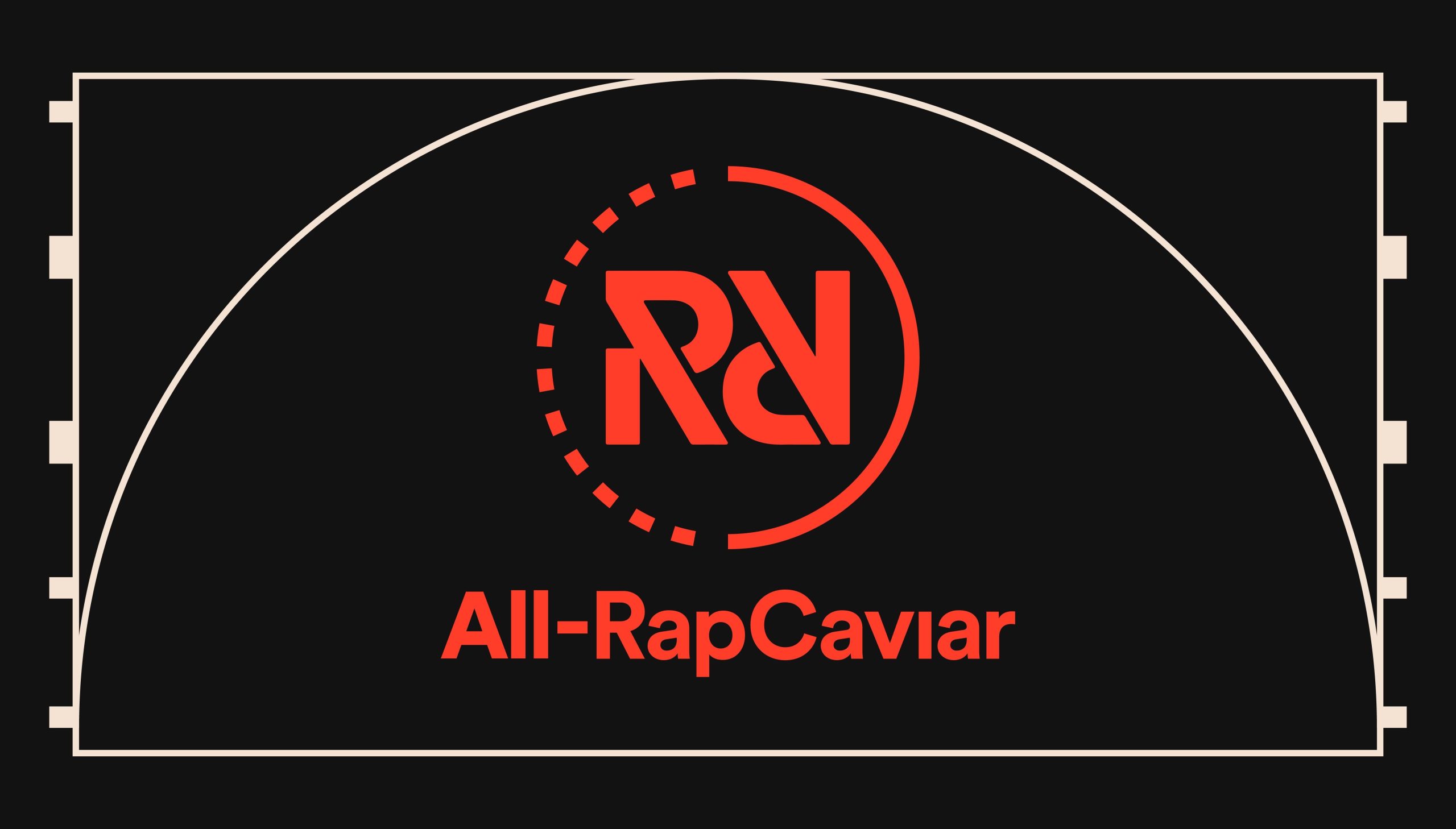
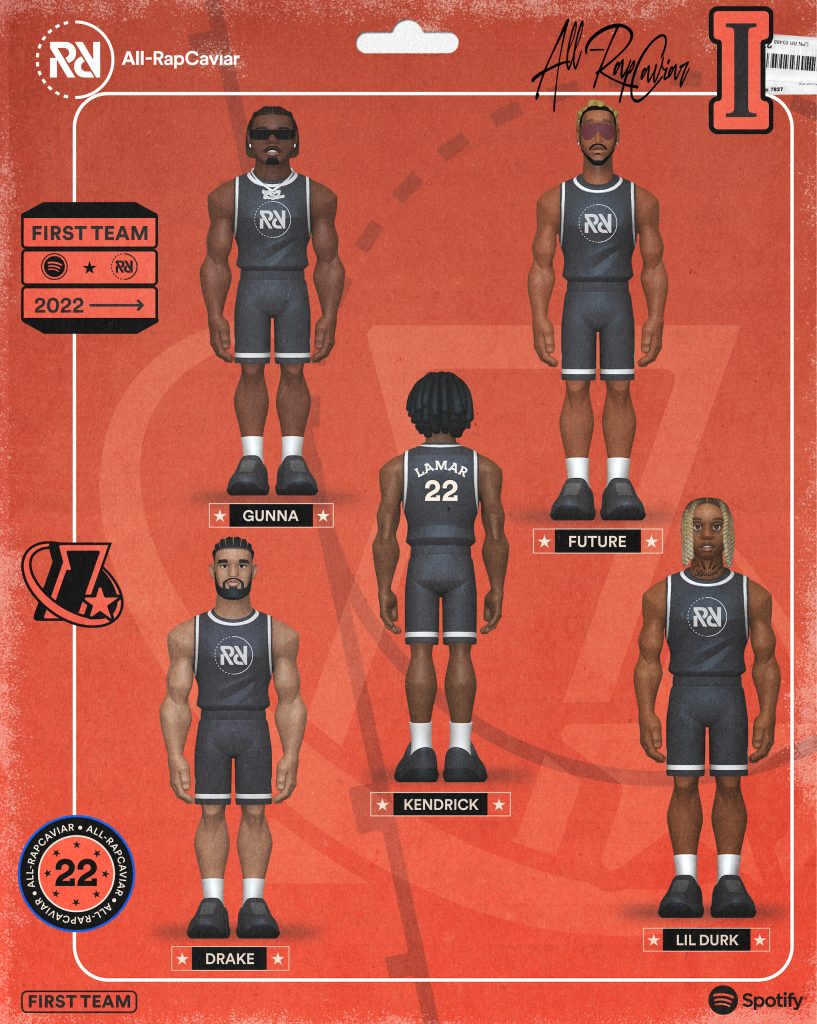
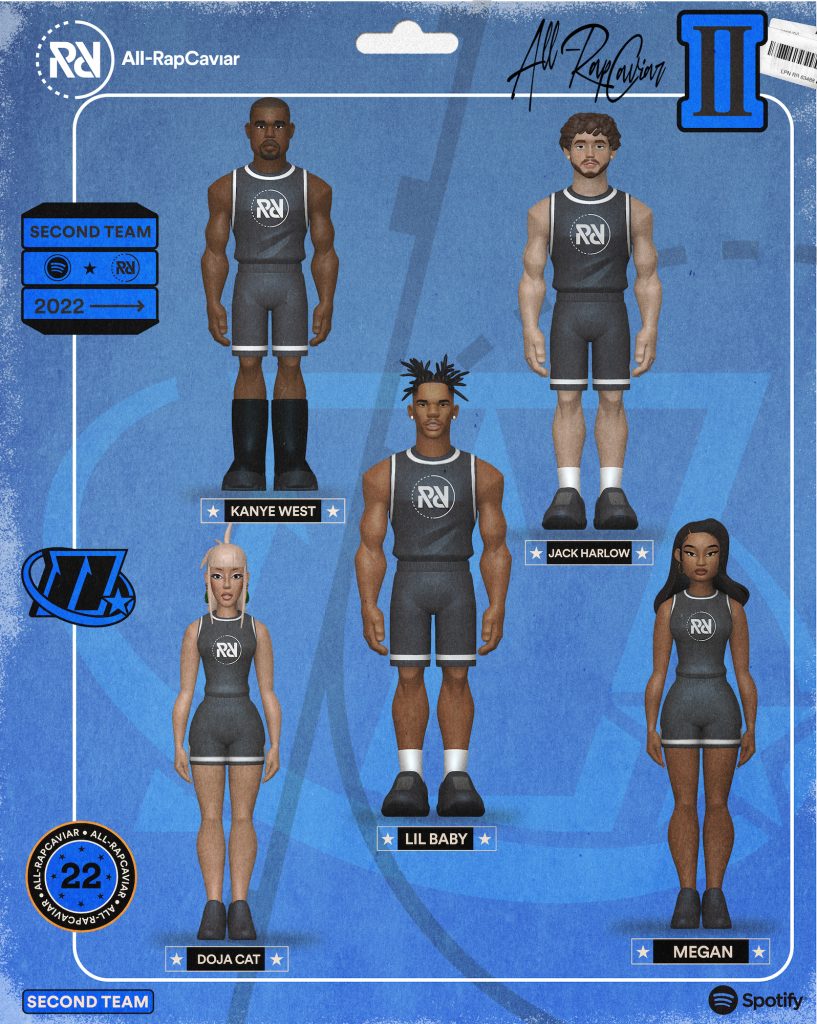
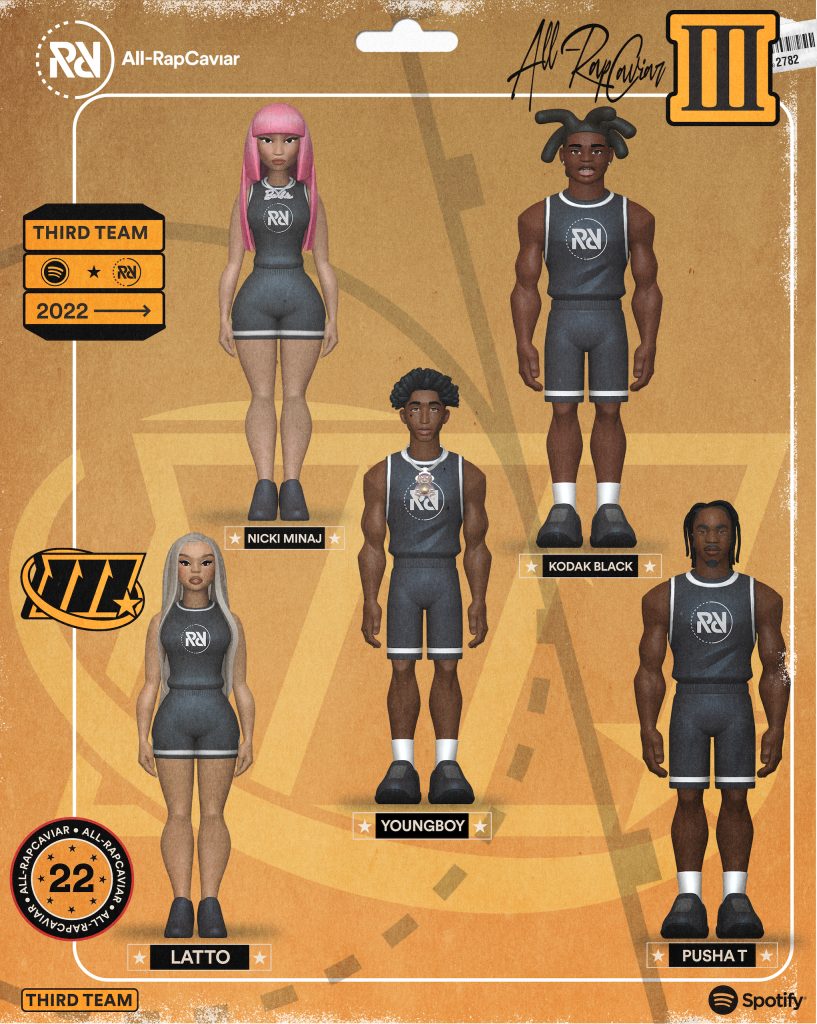

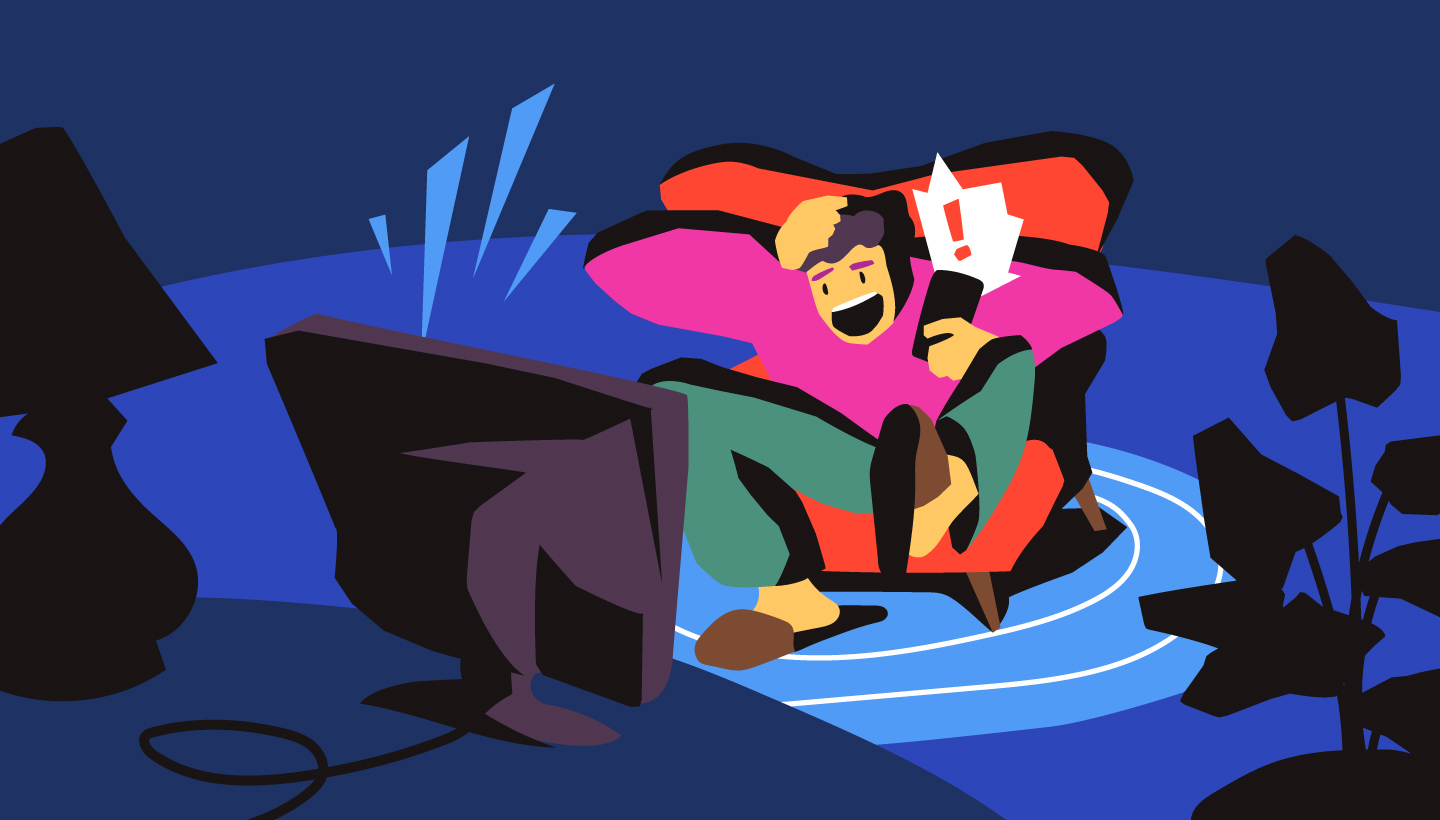
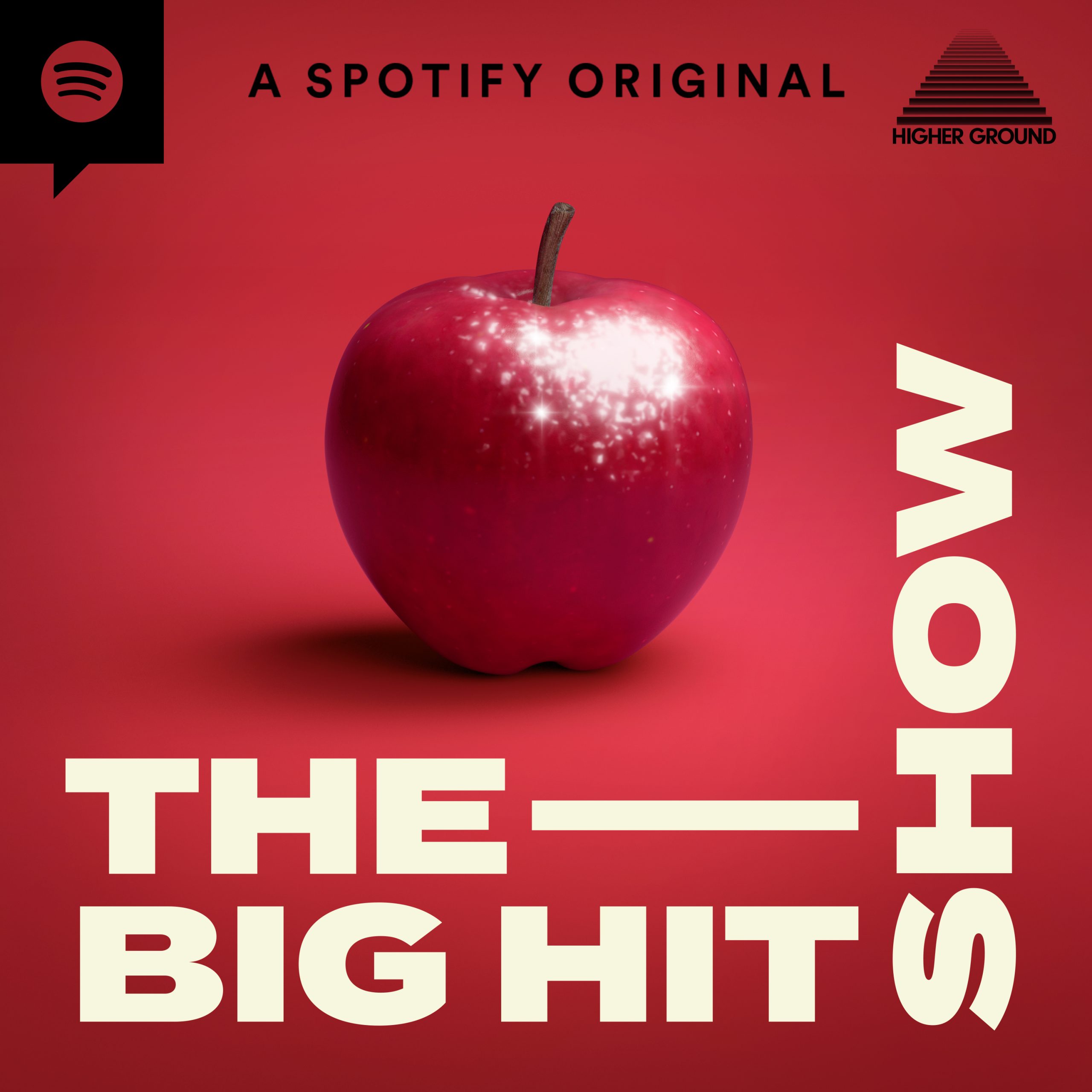
Recent Comments